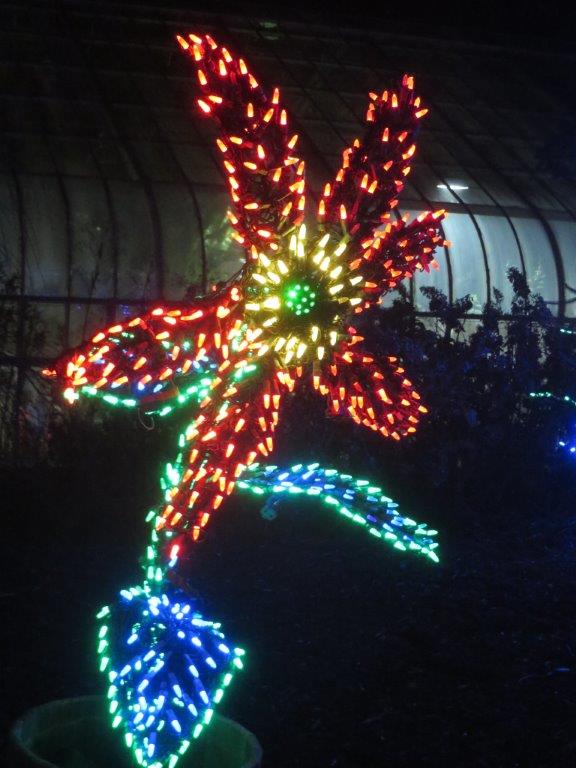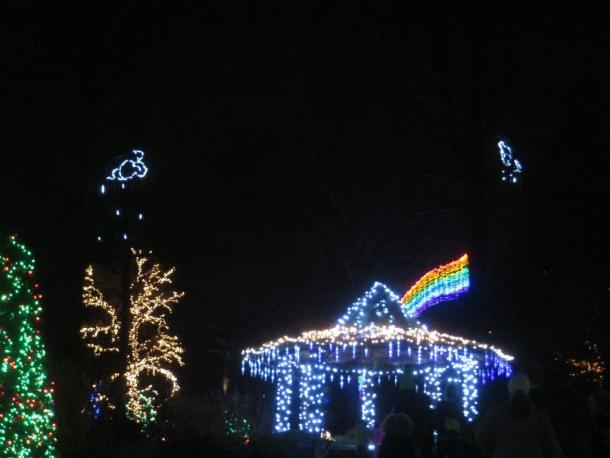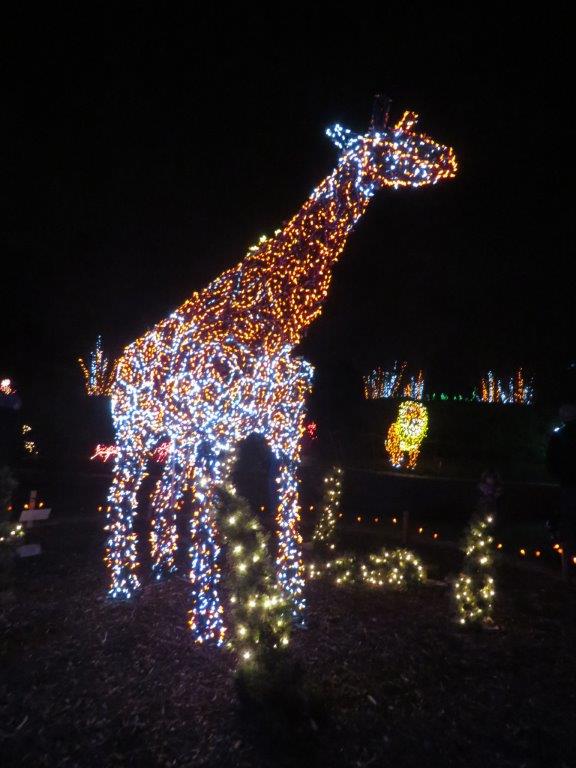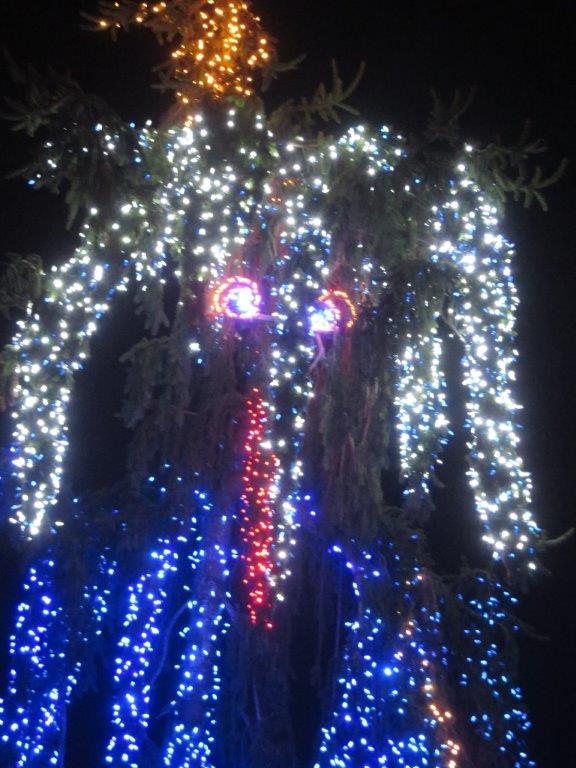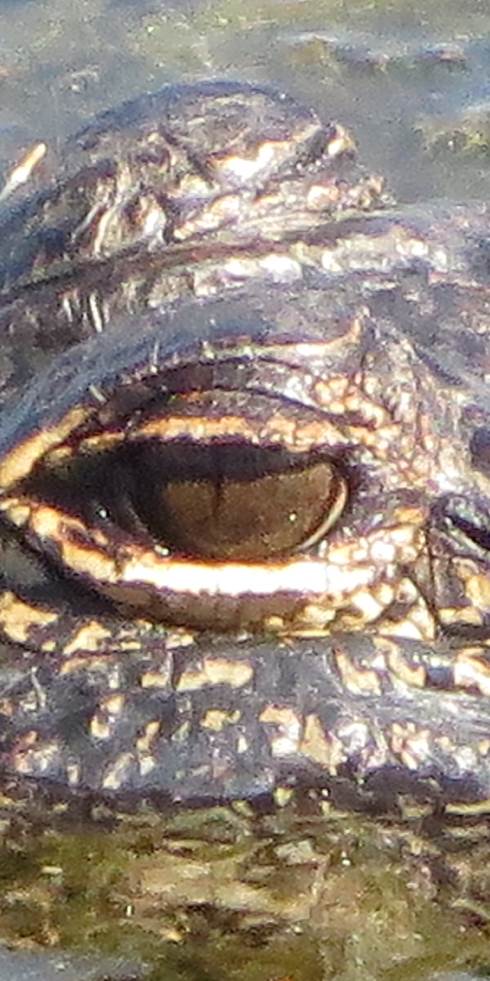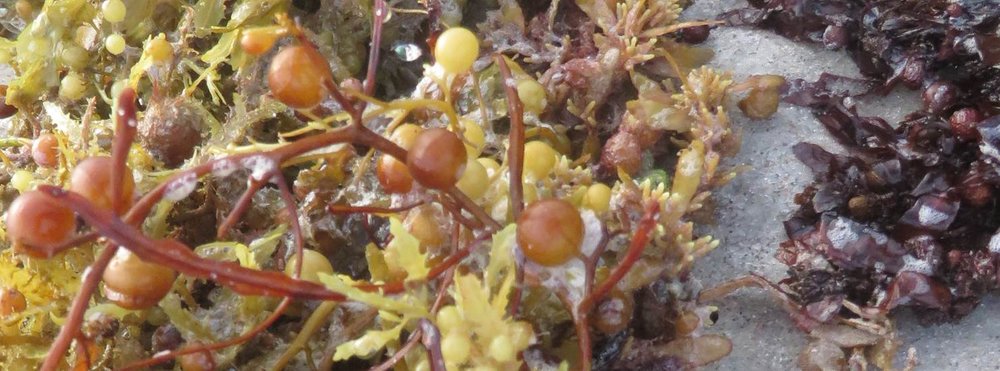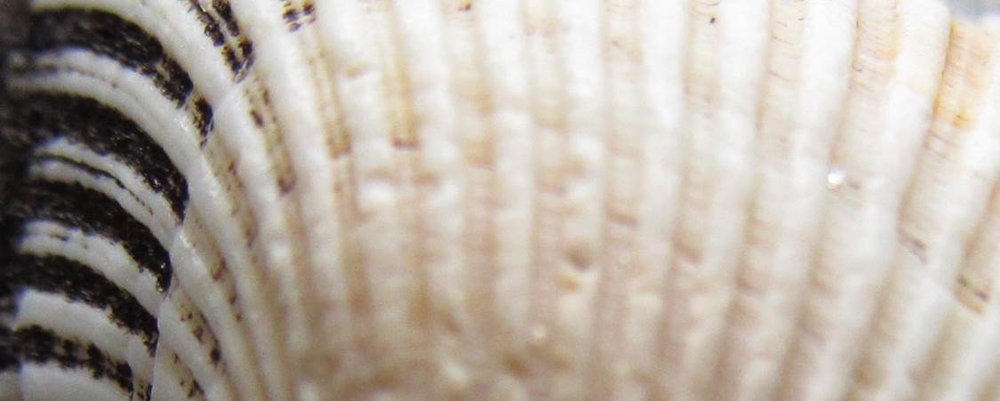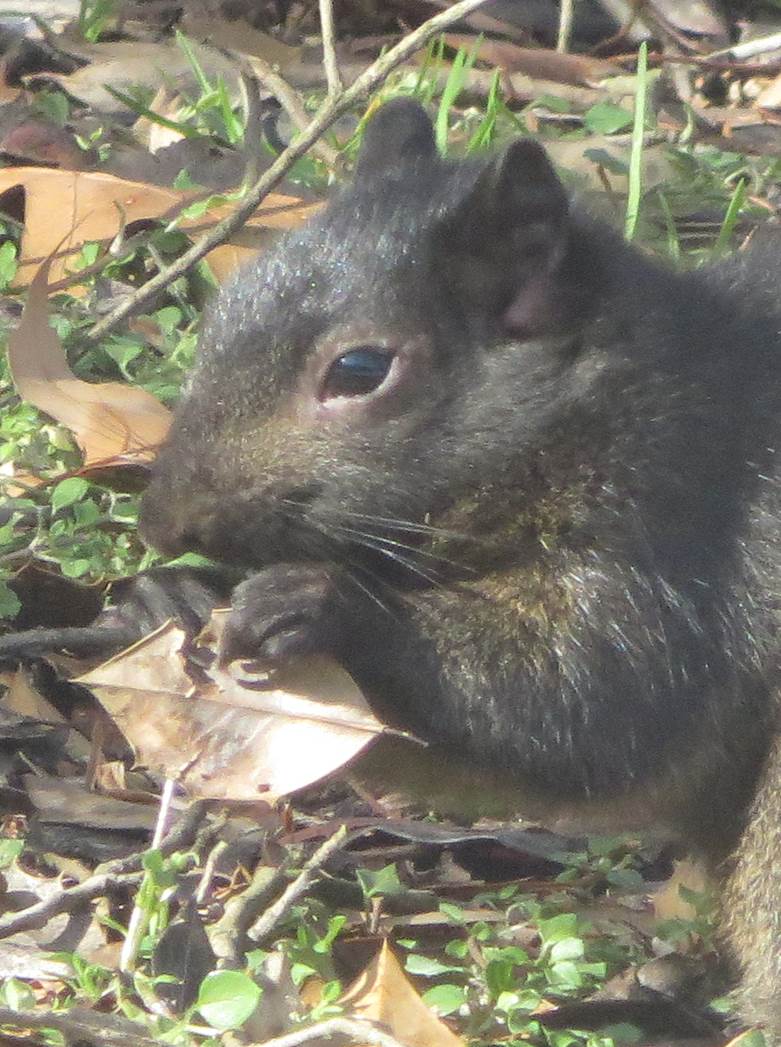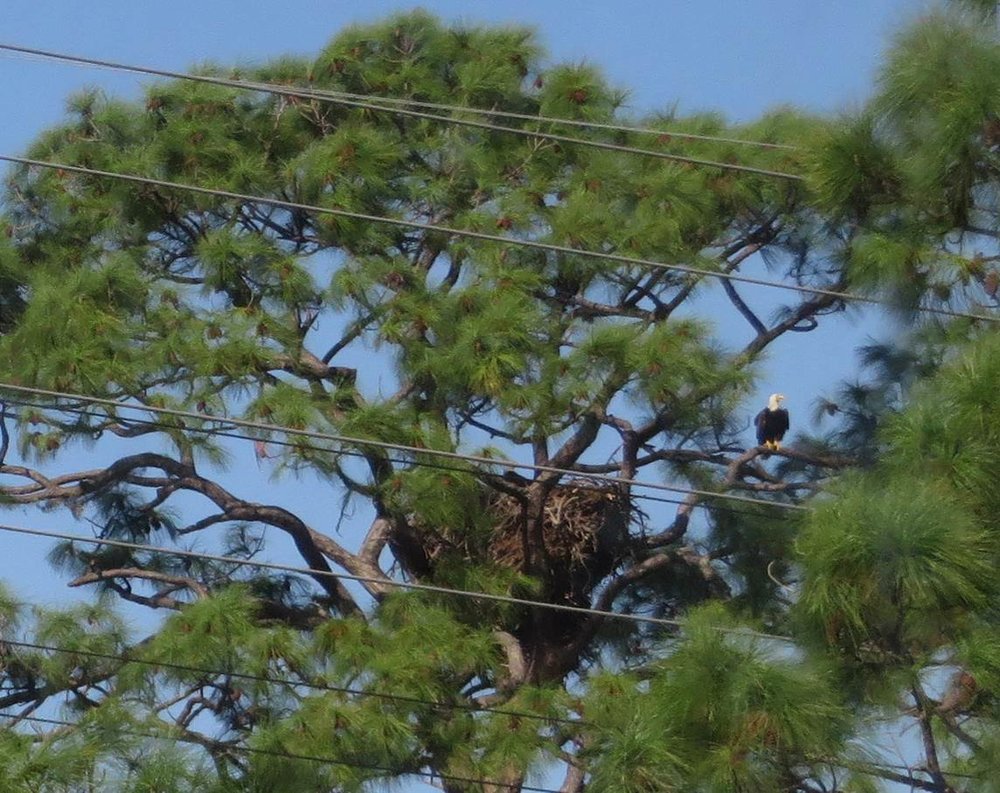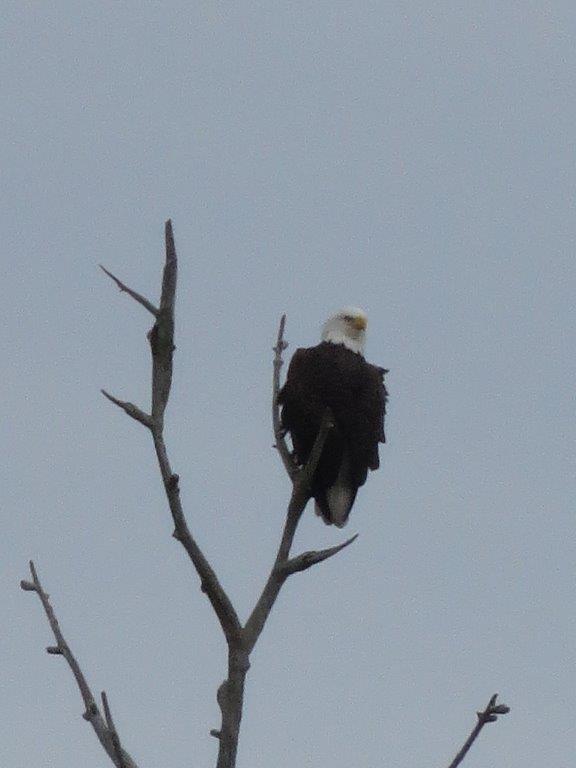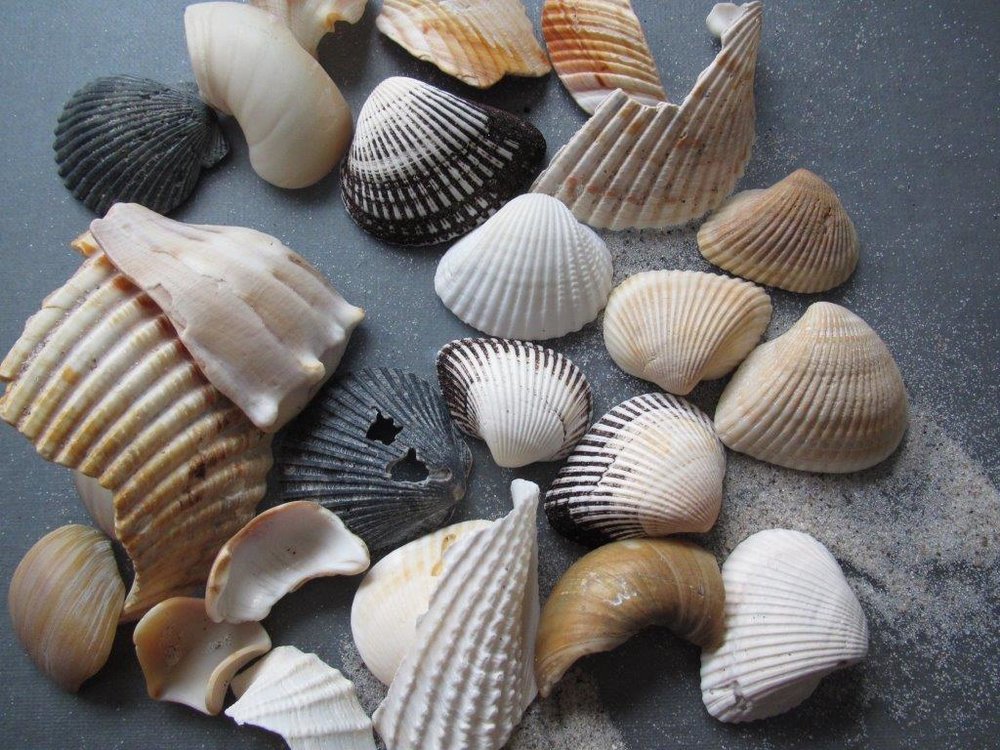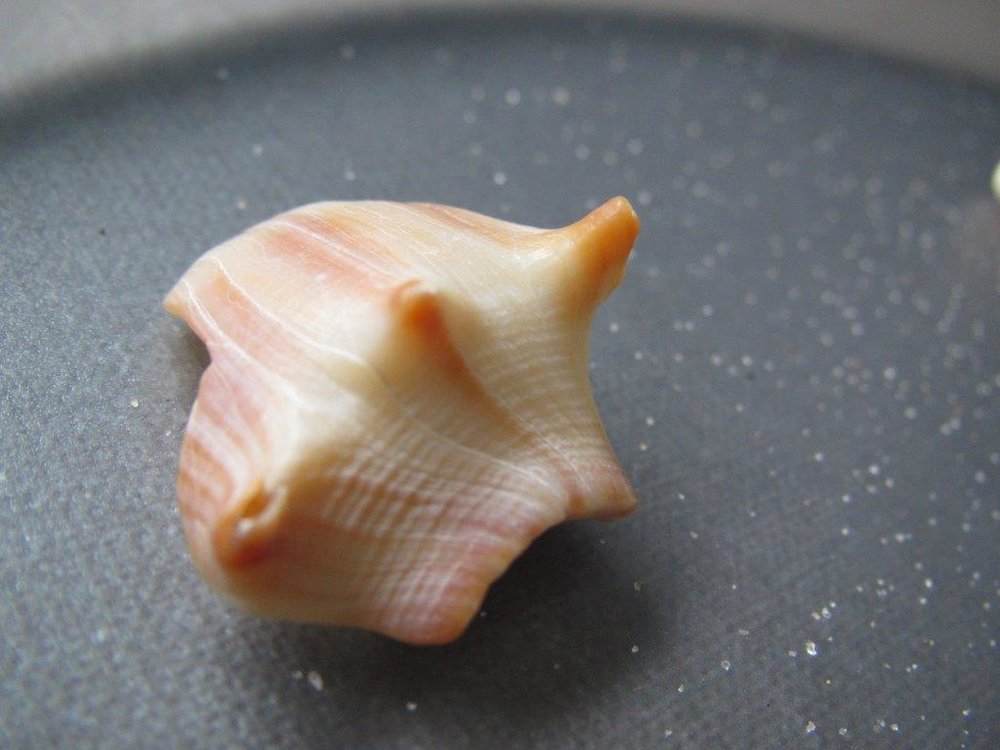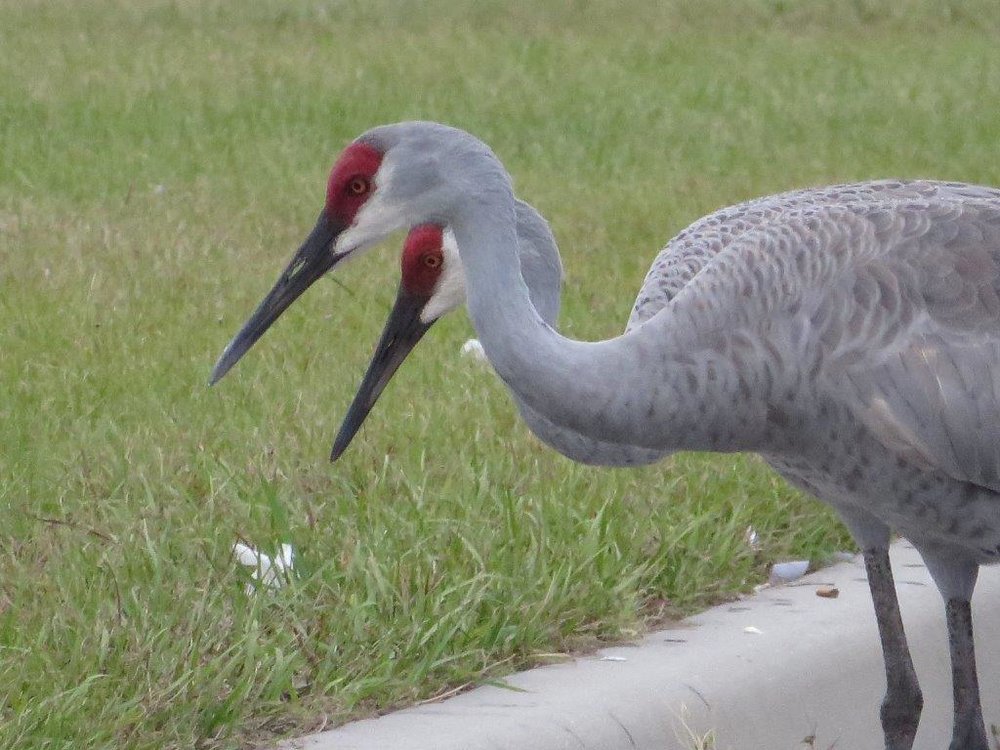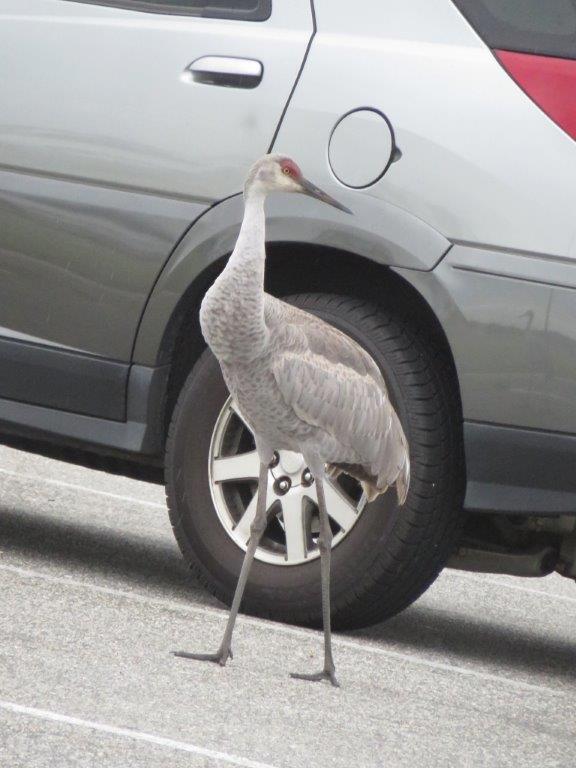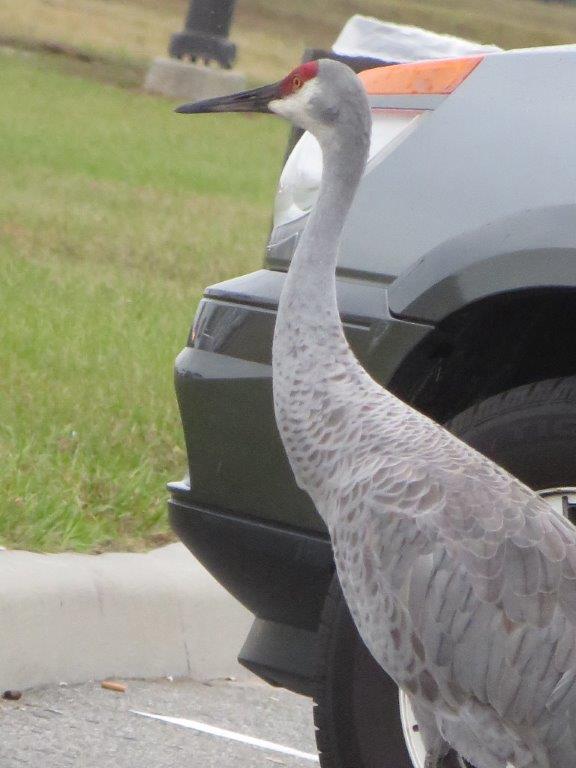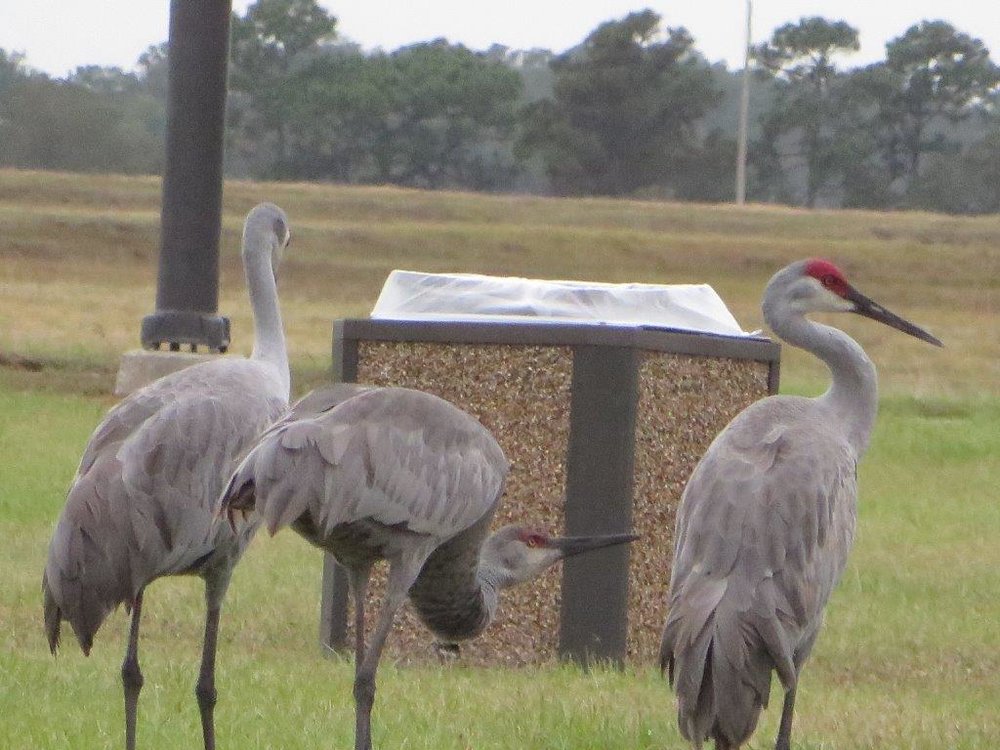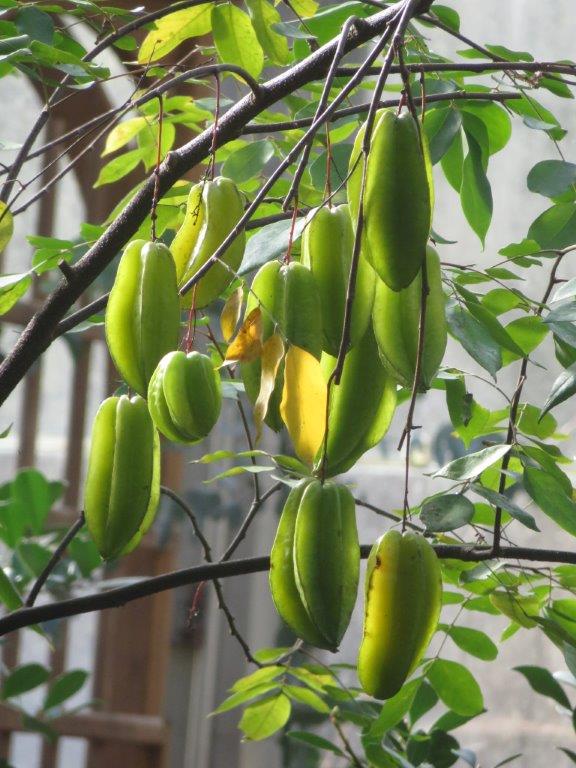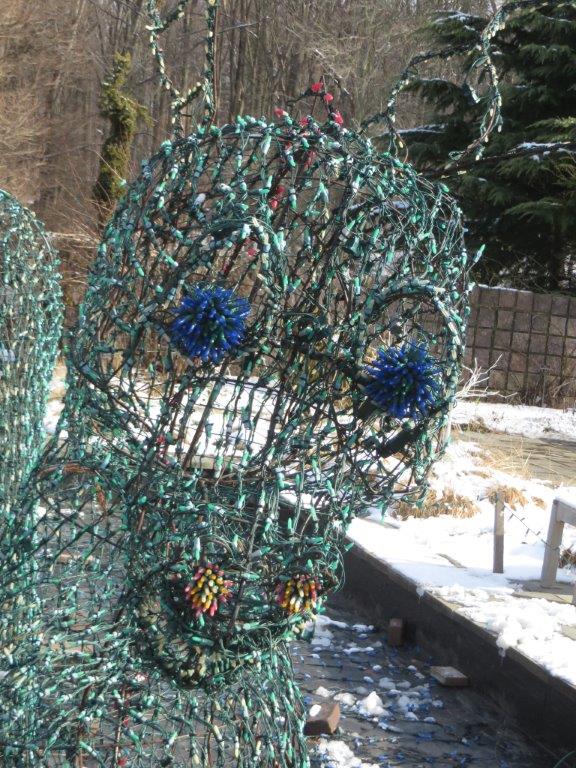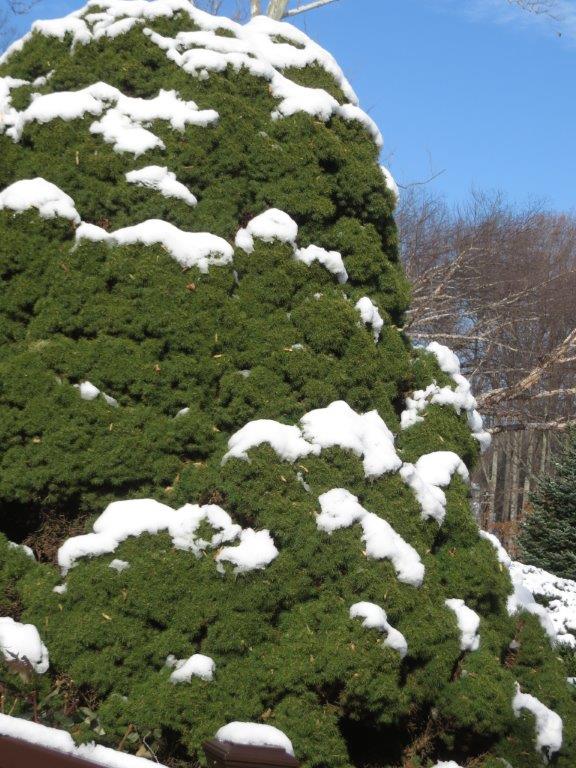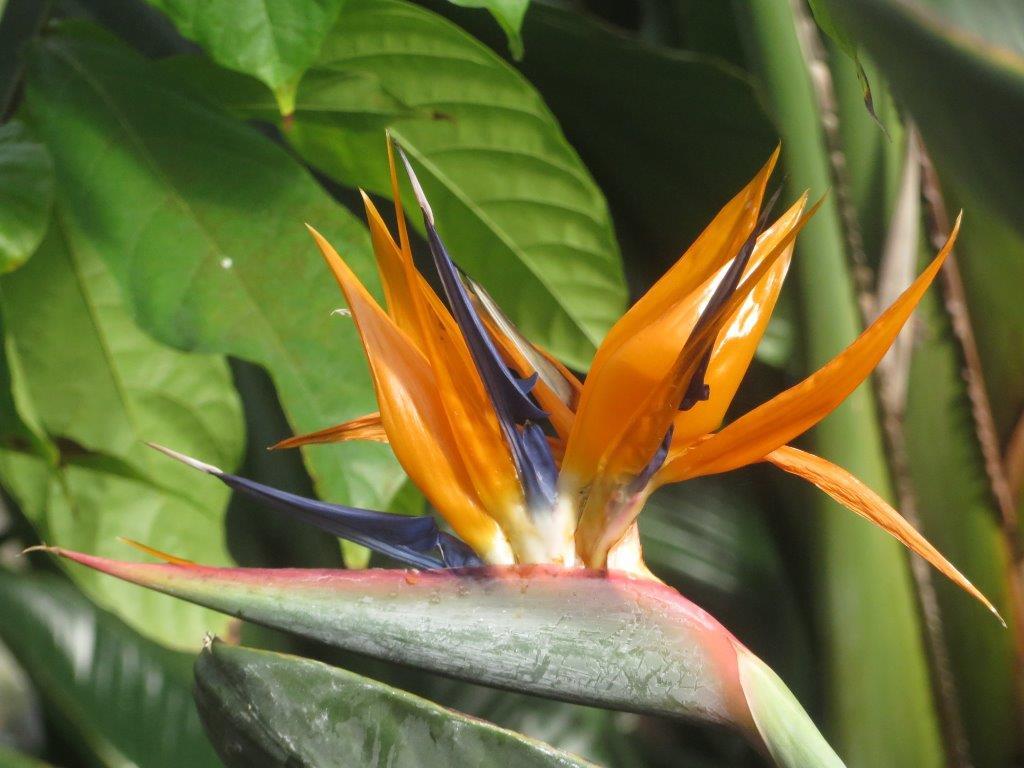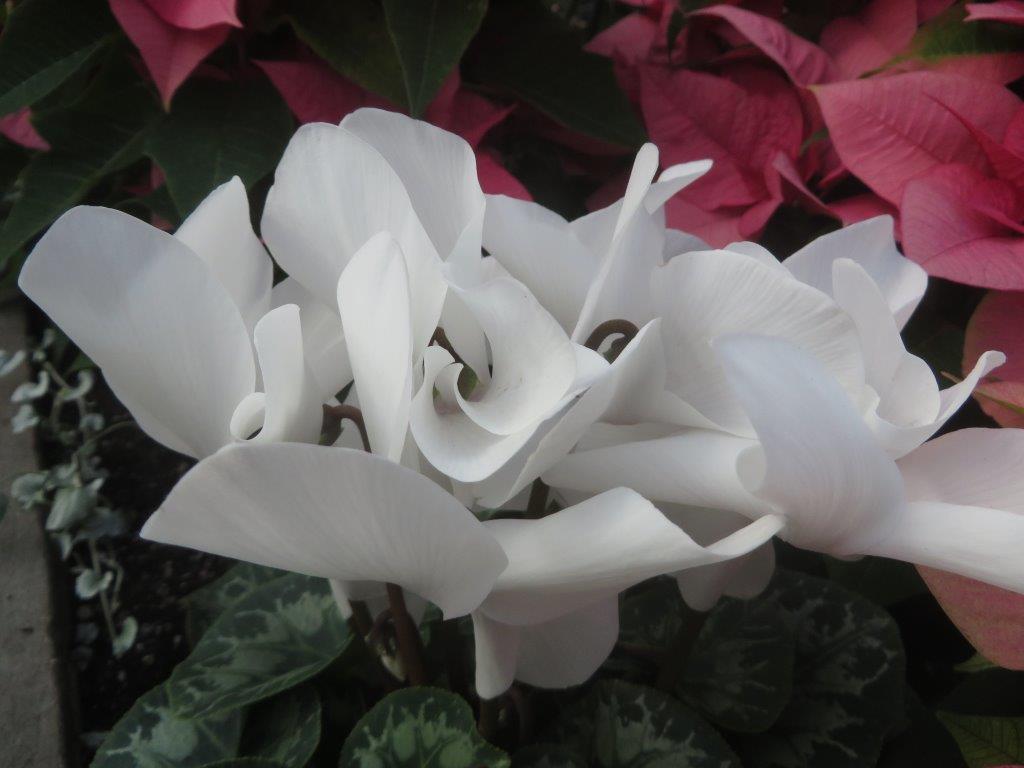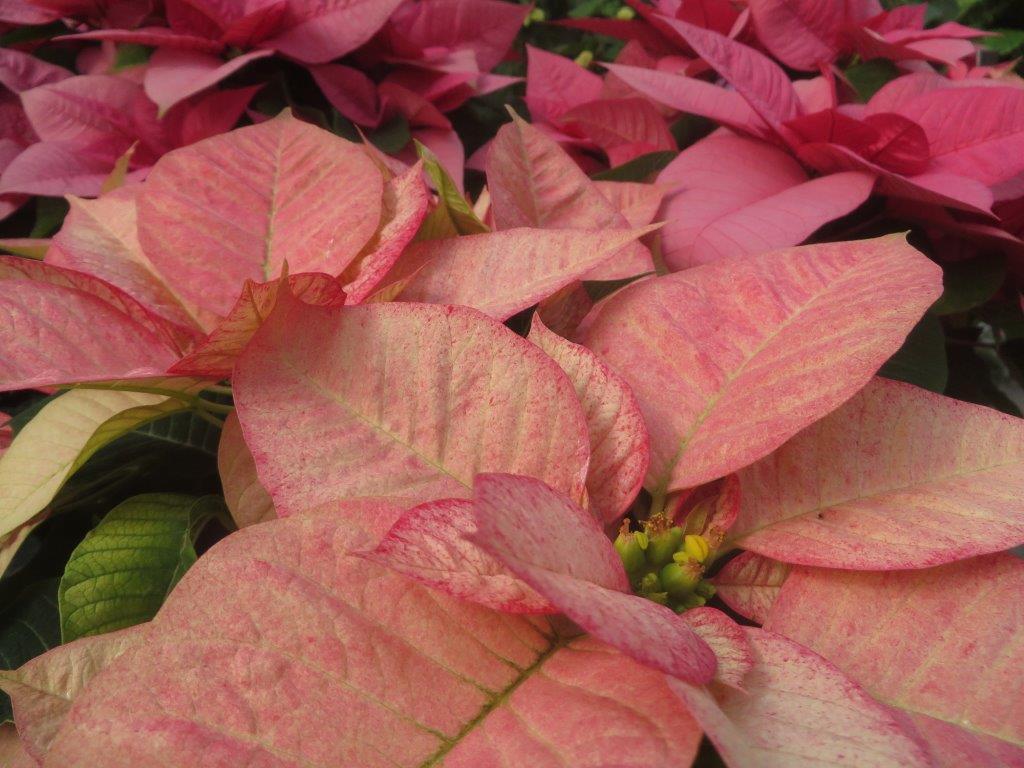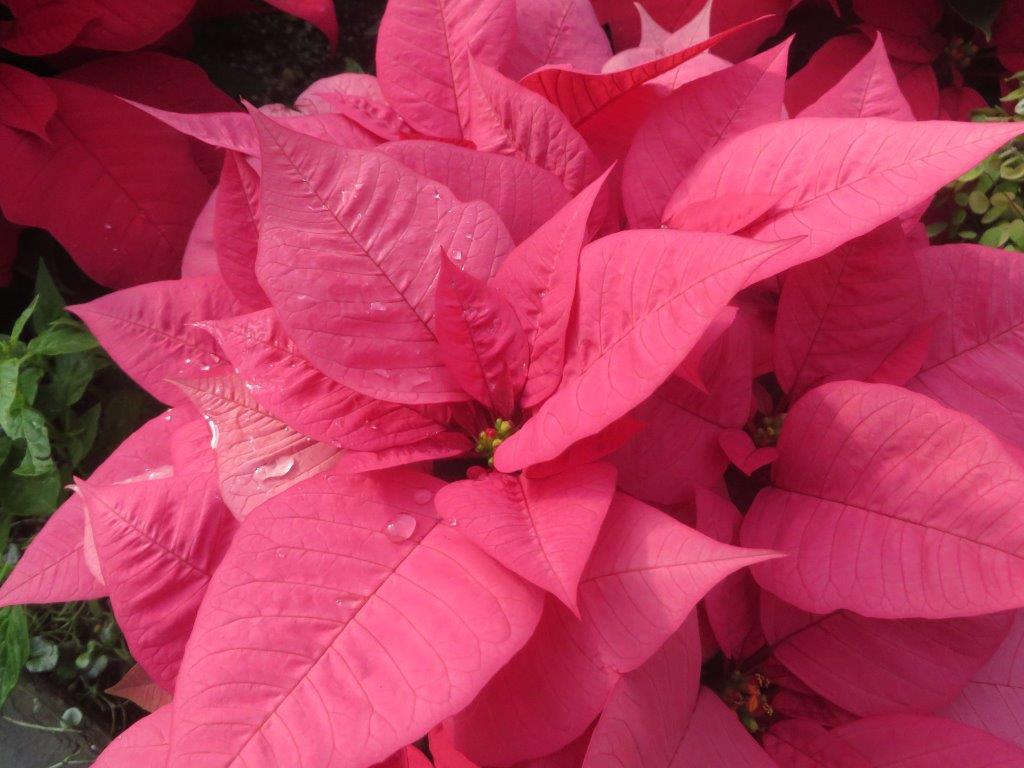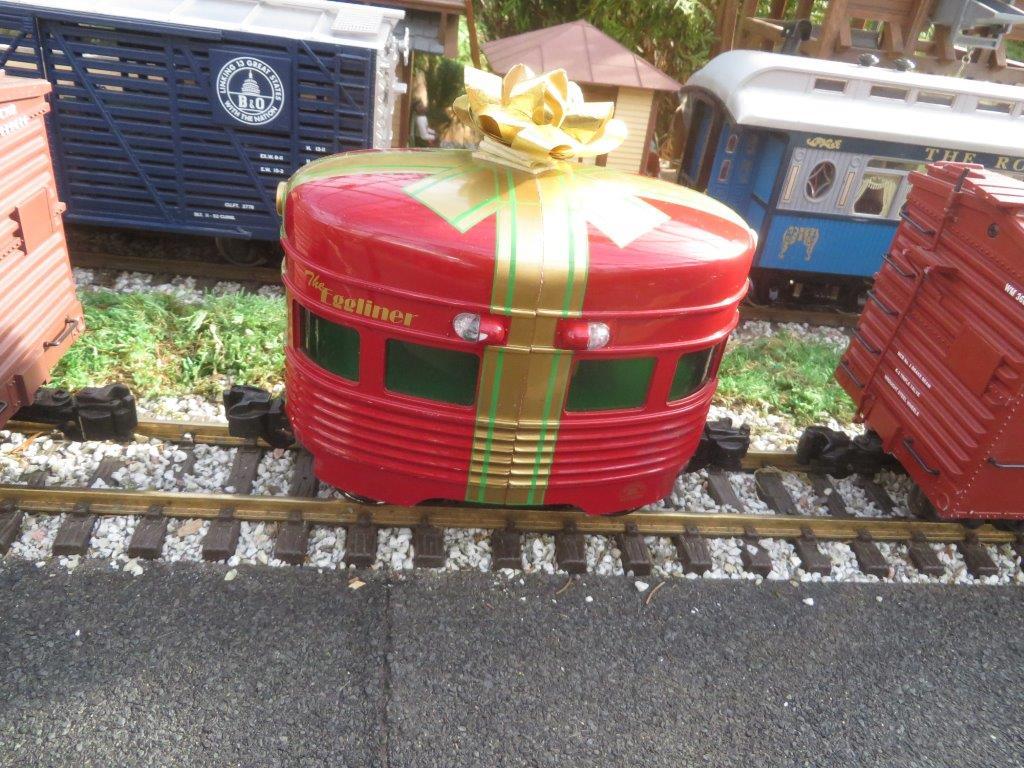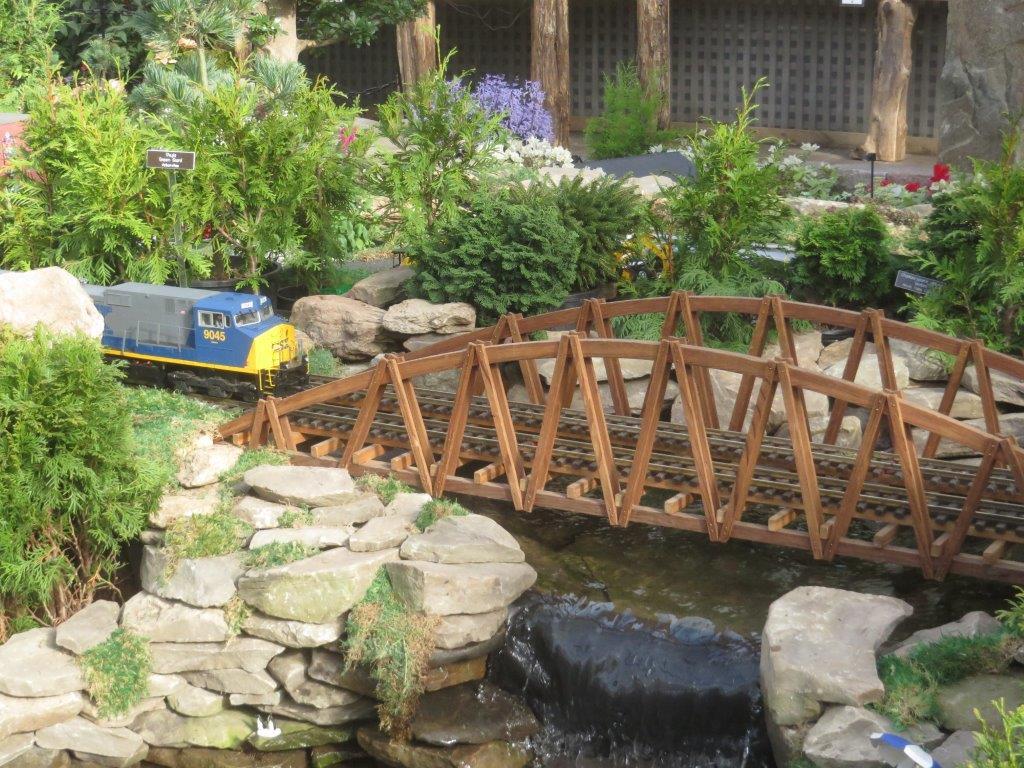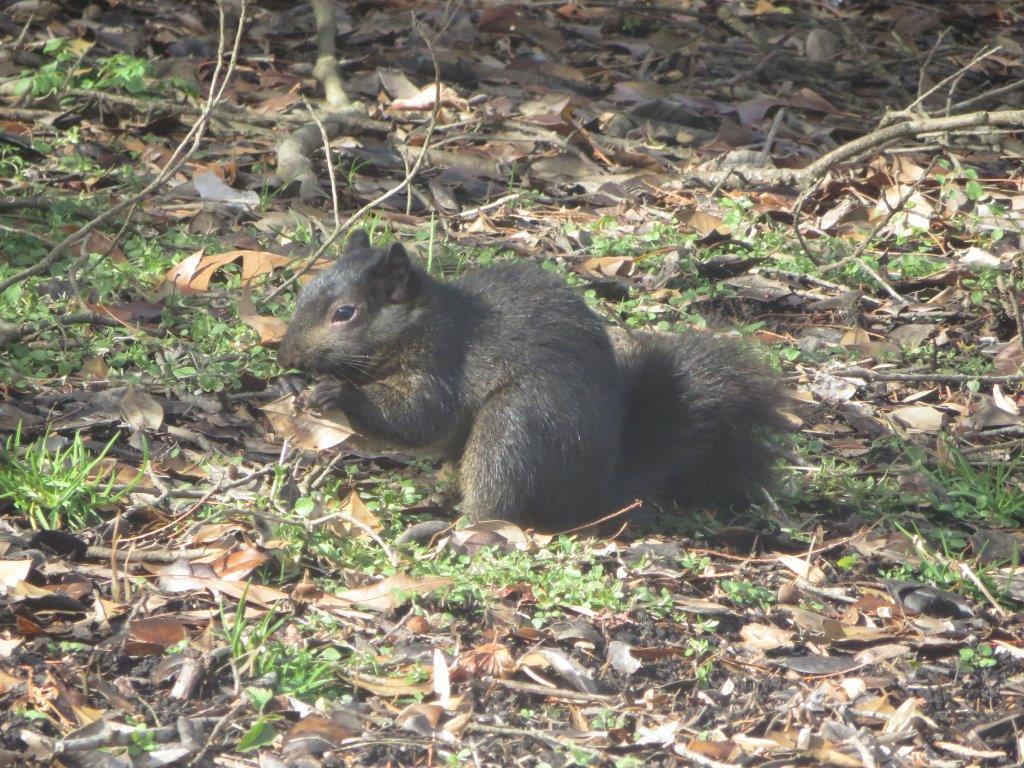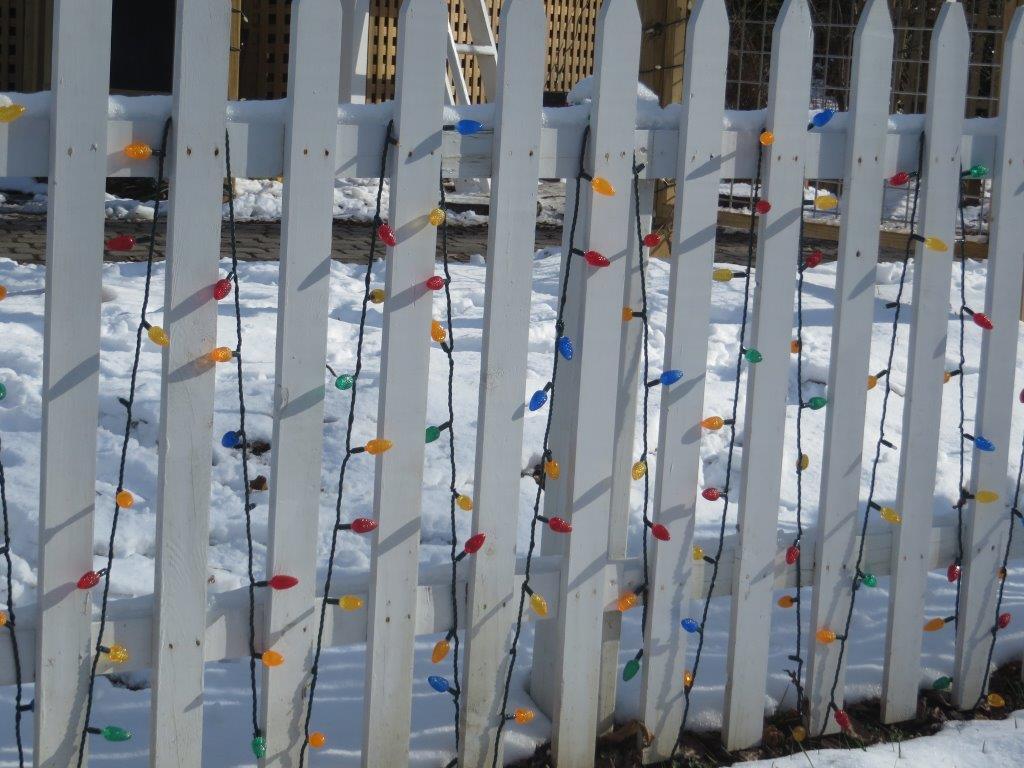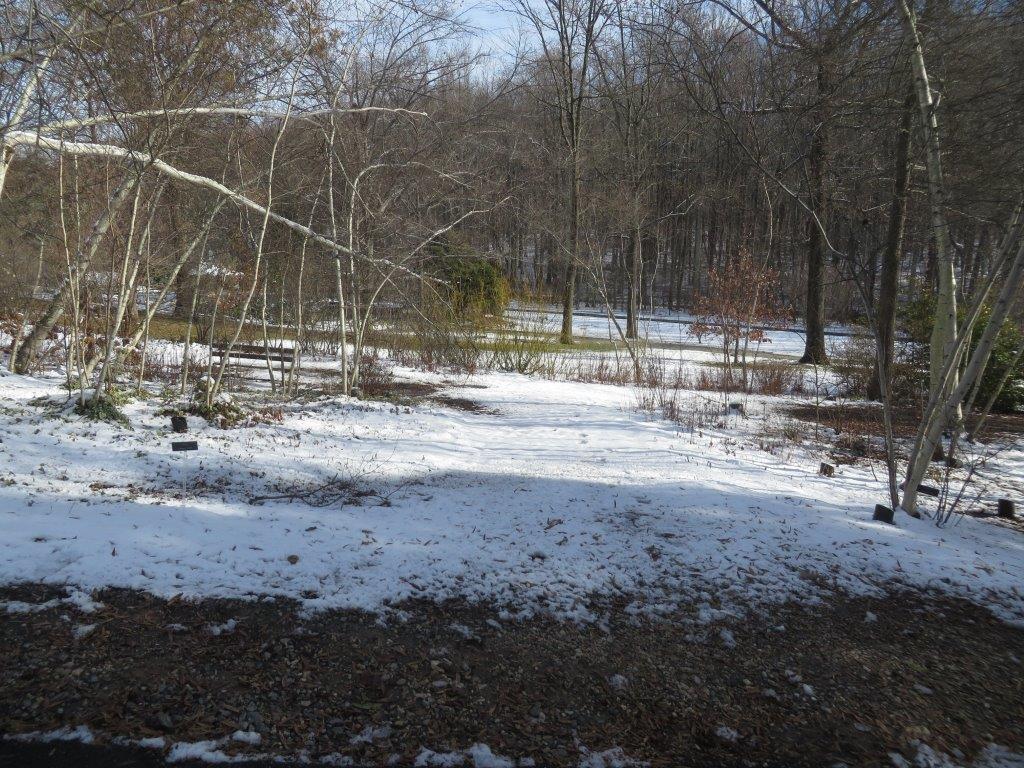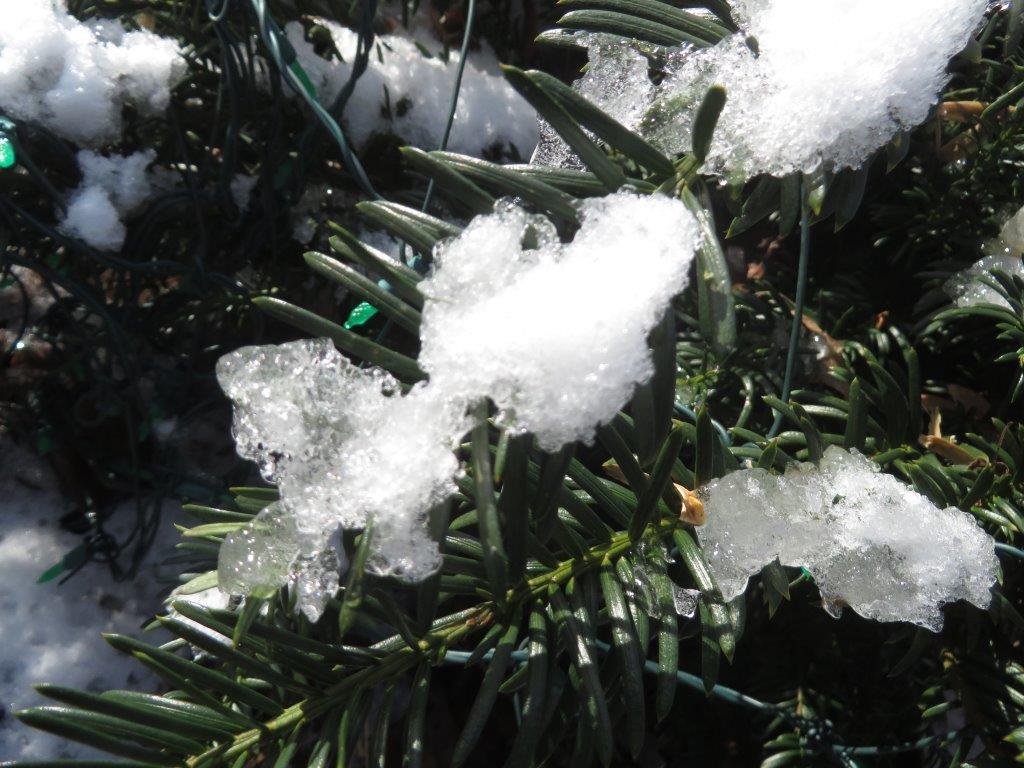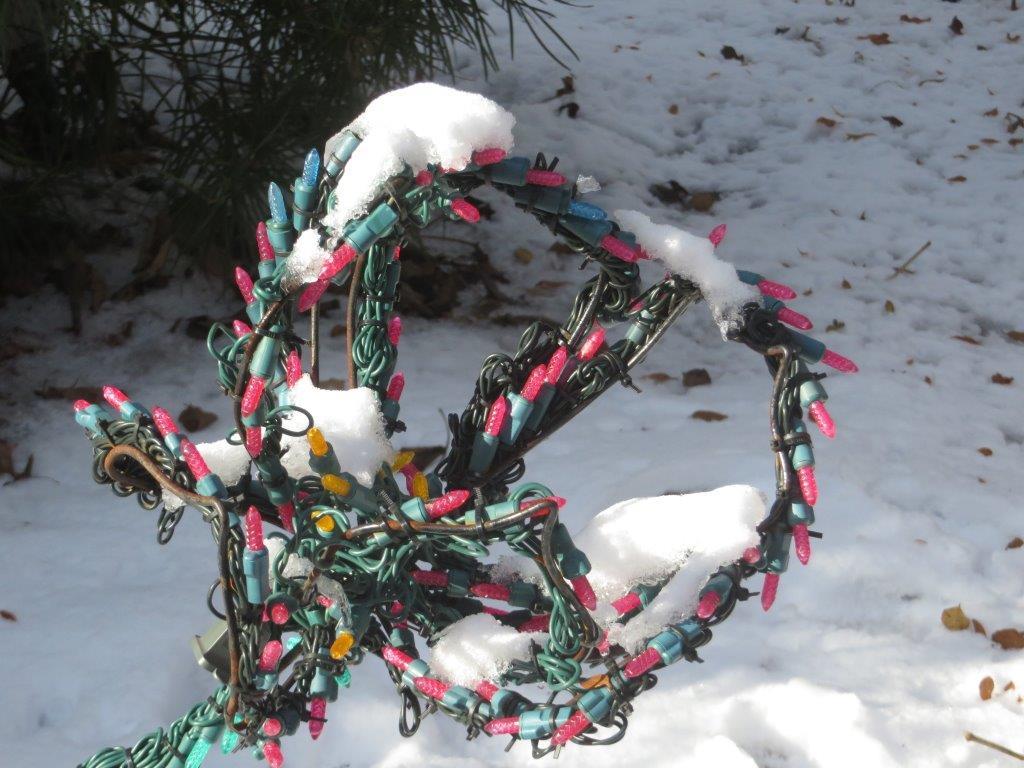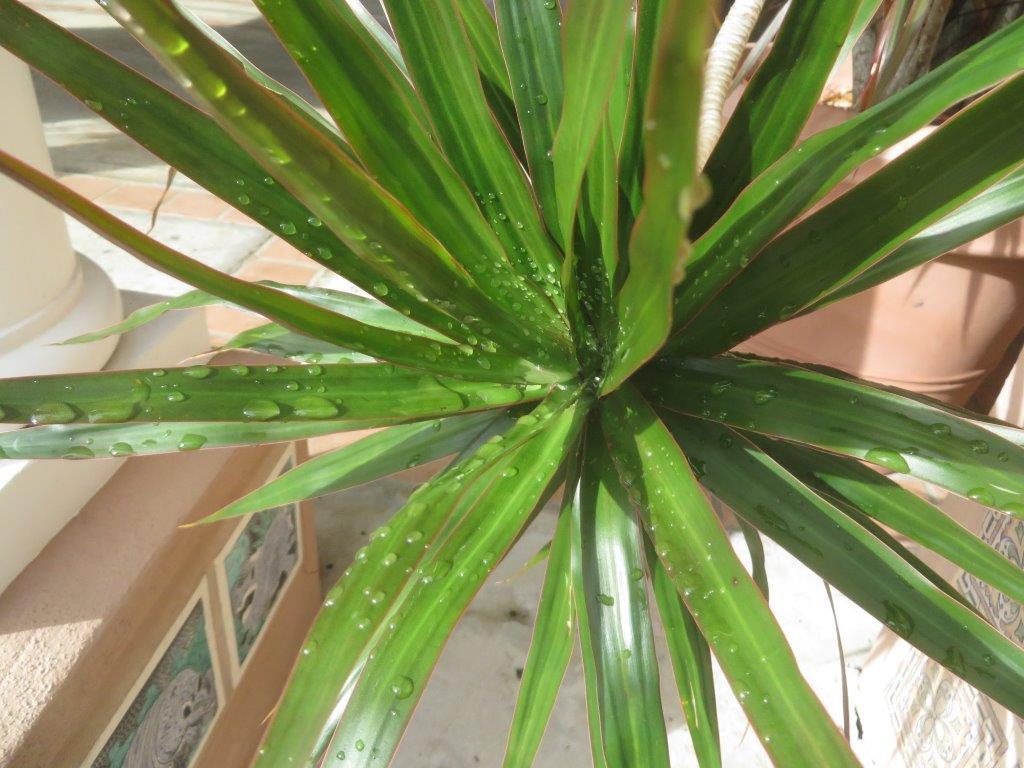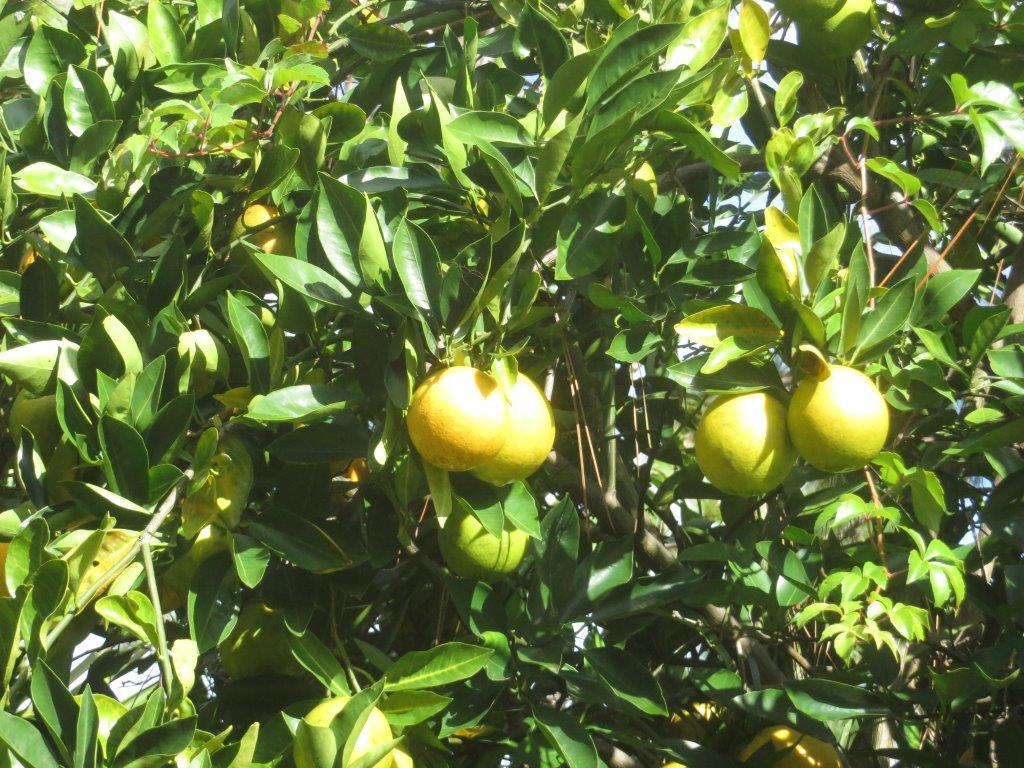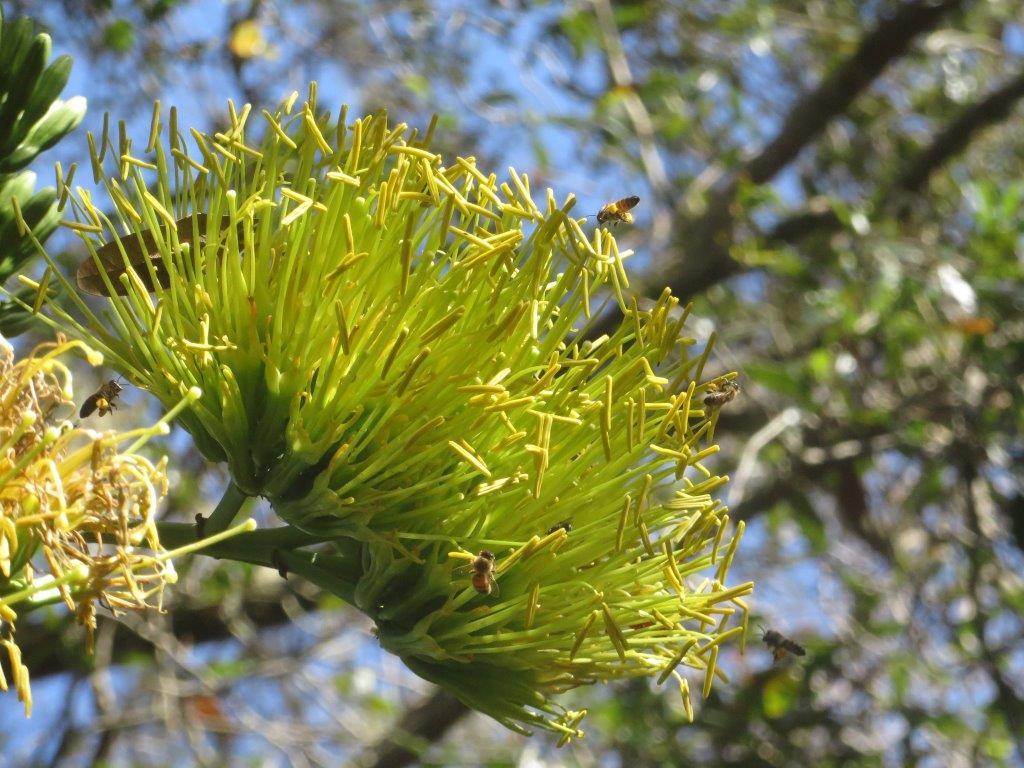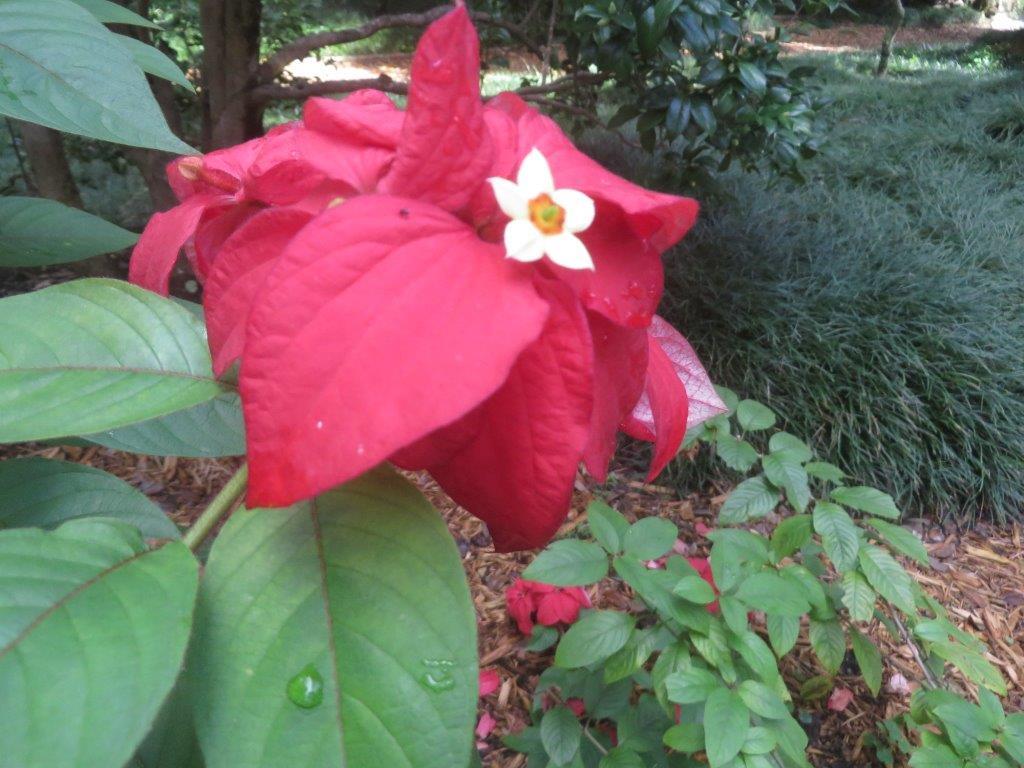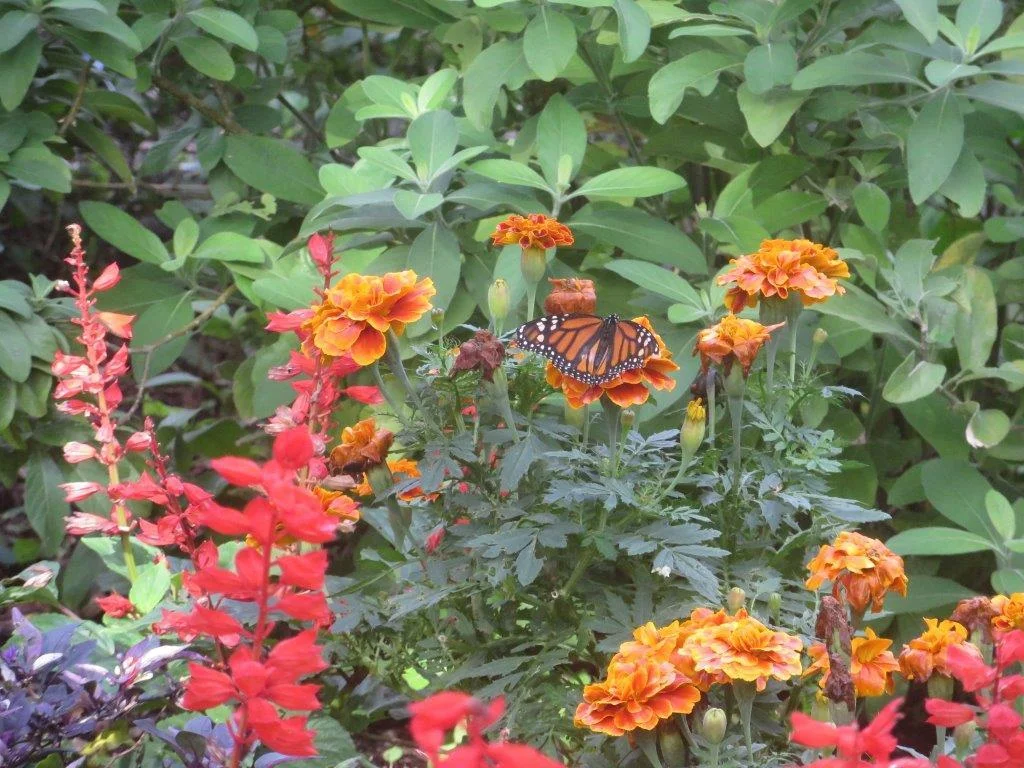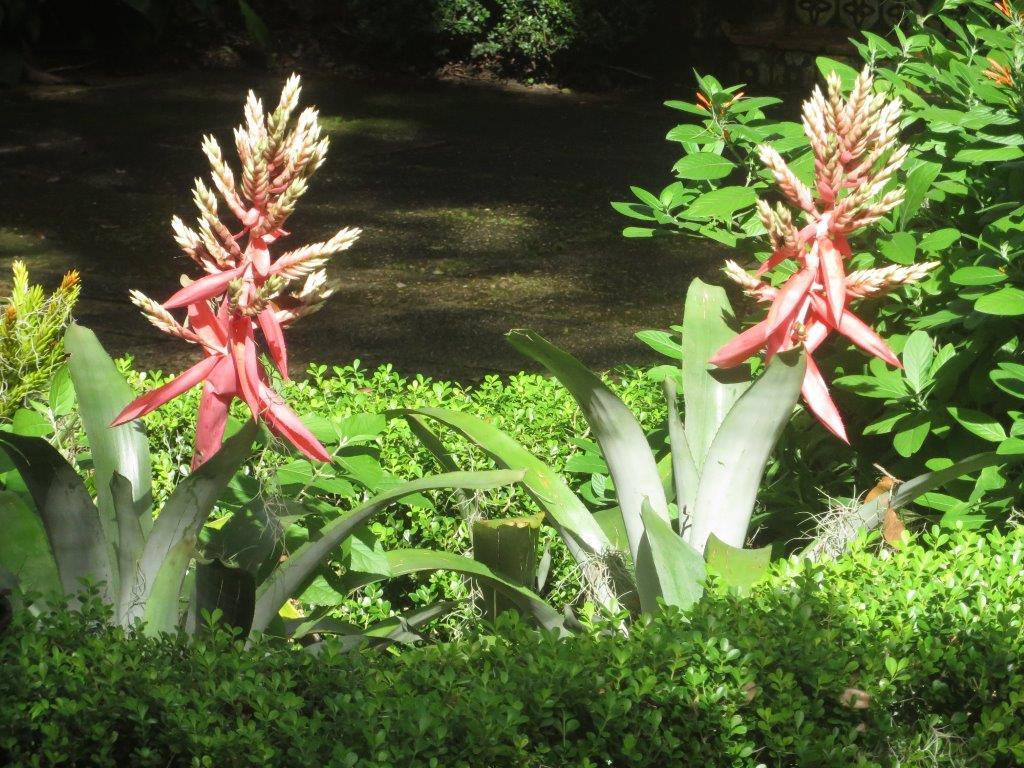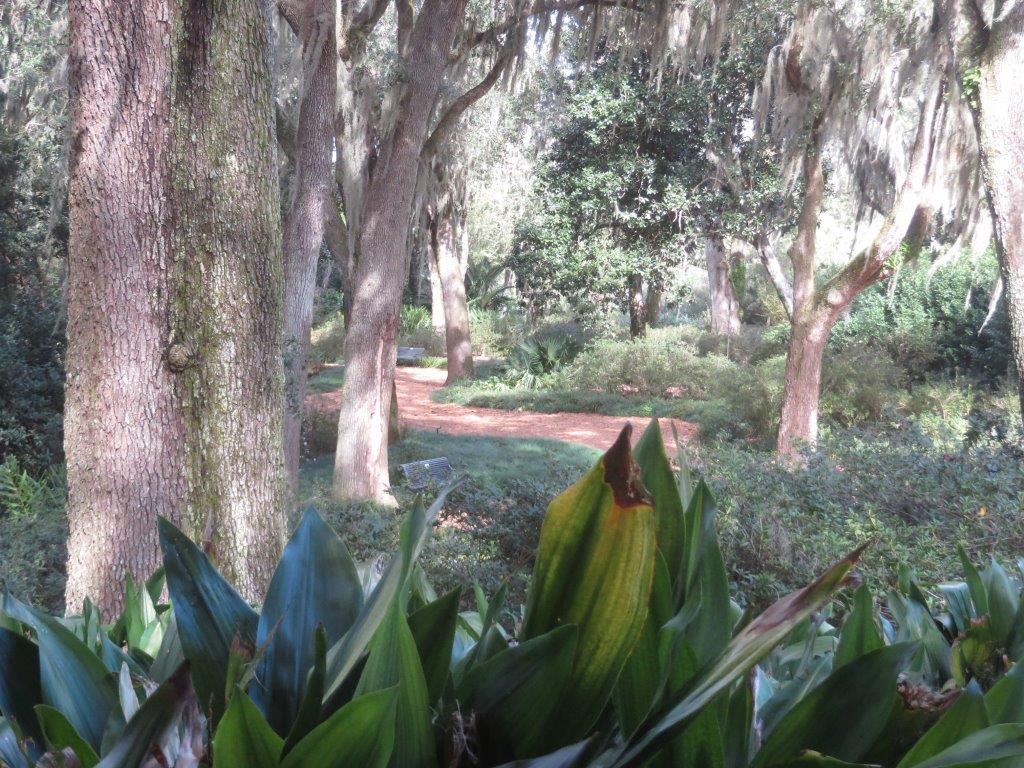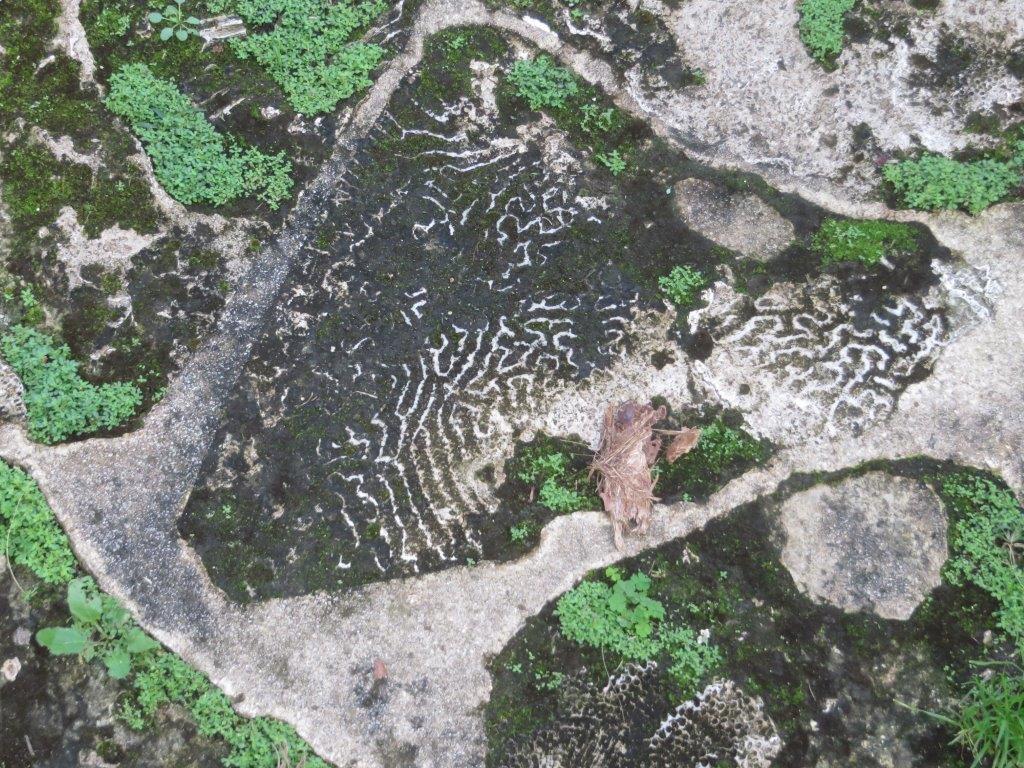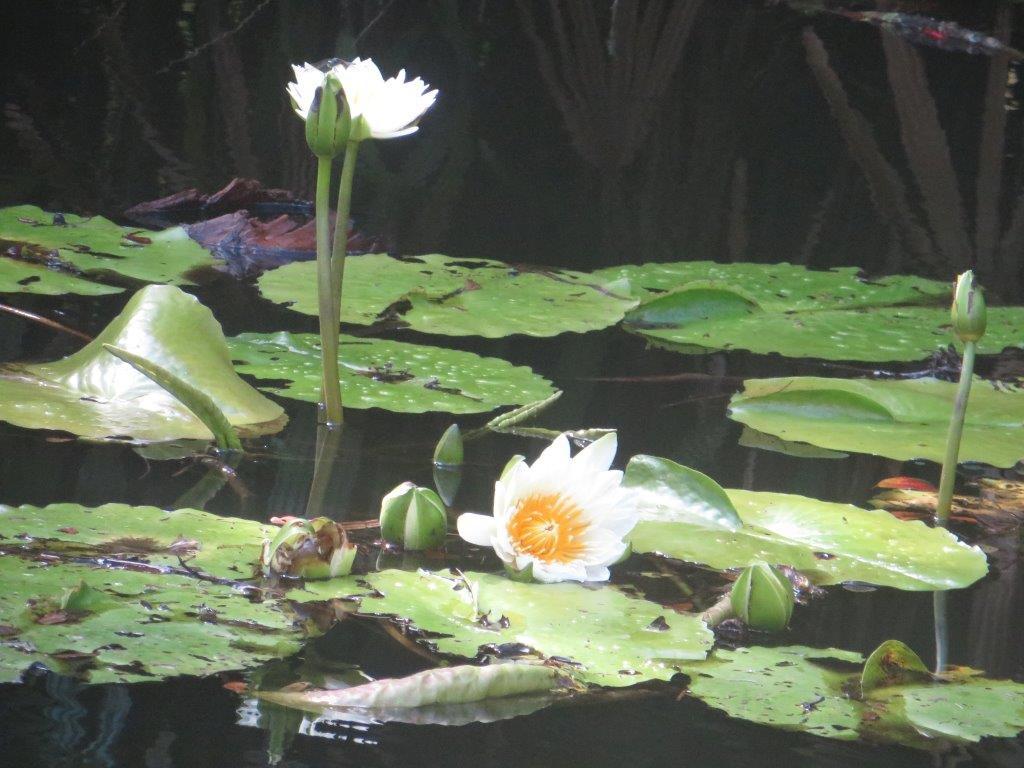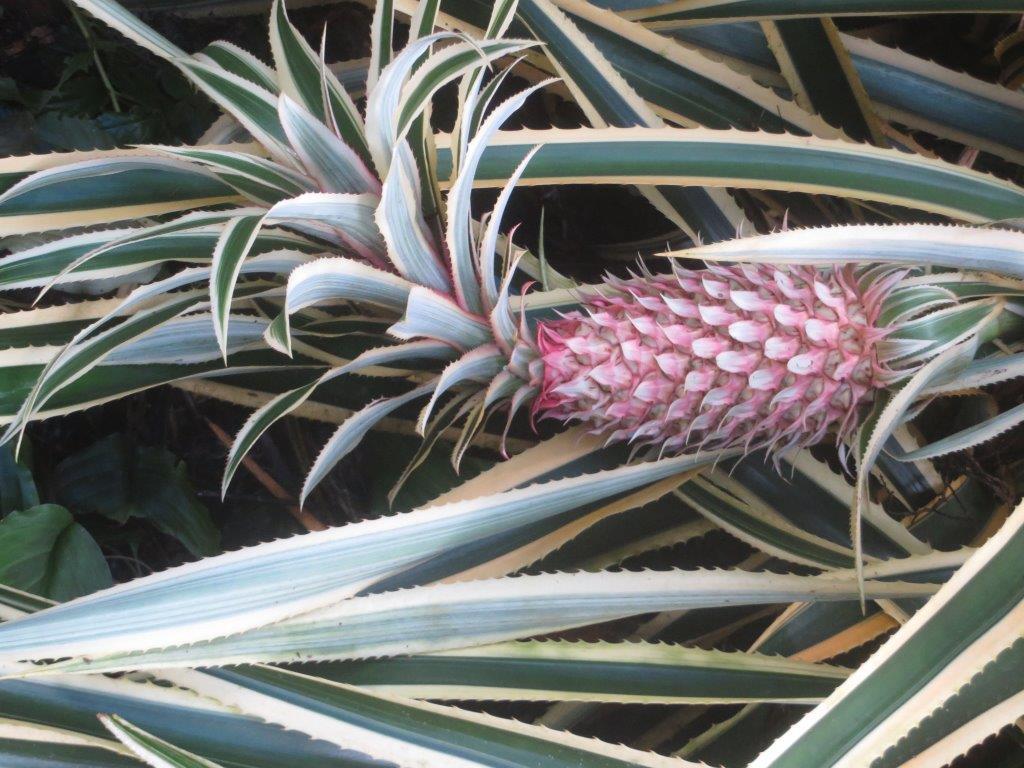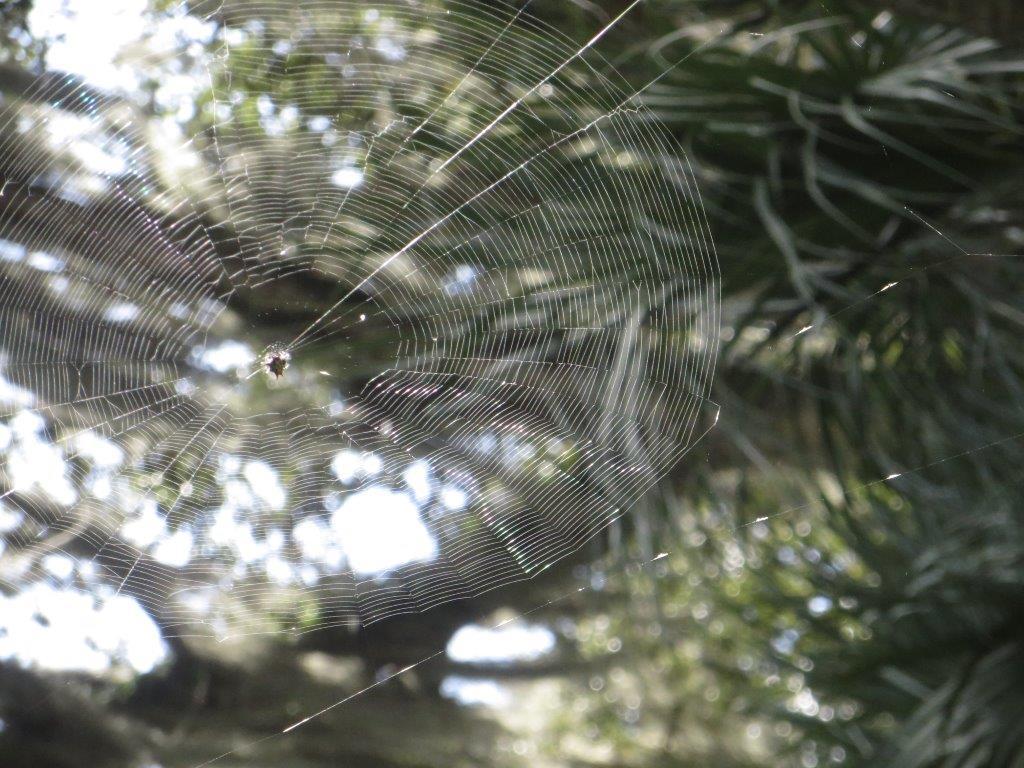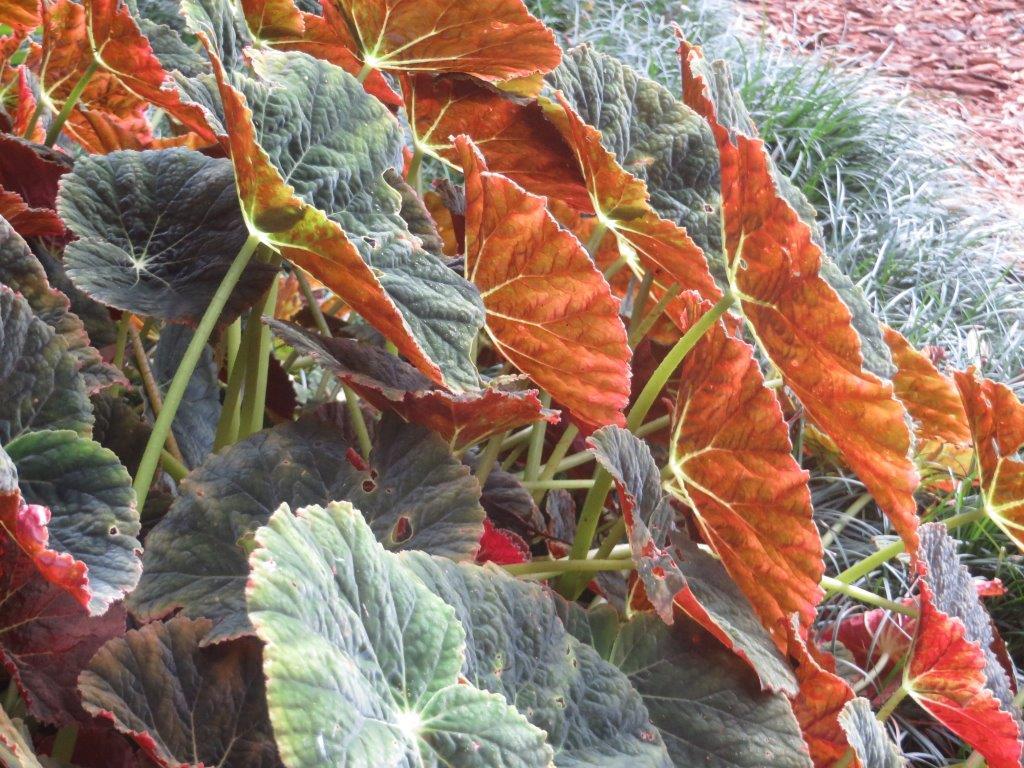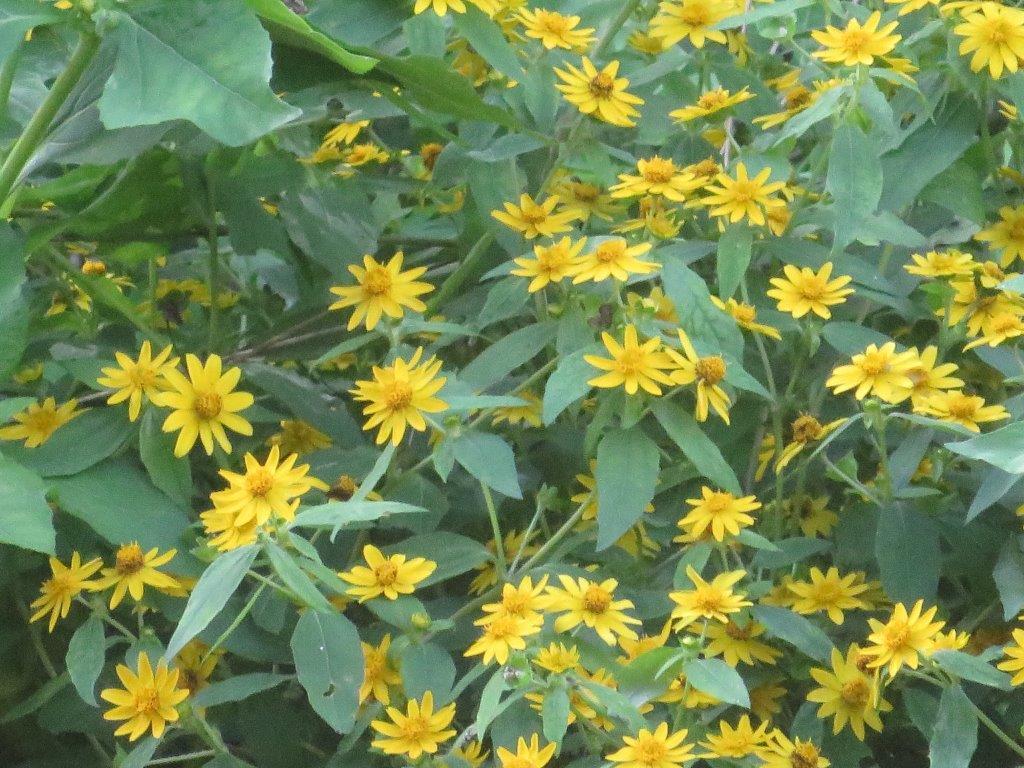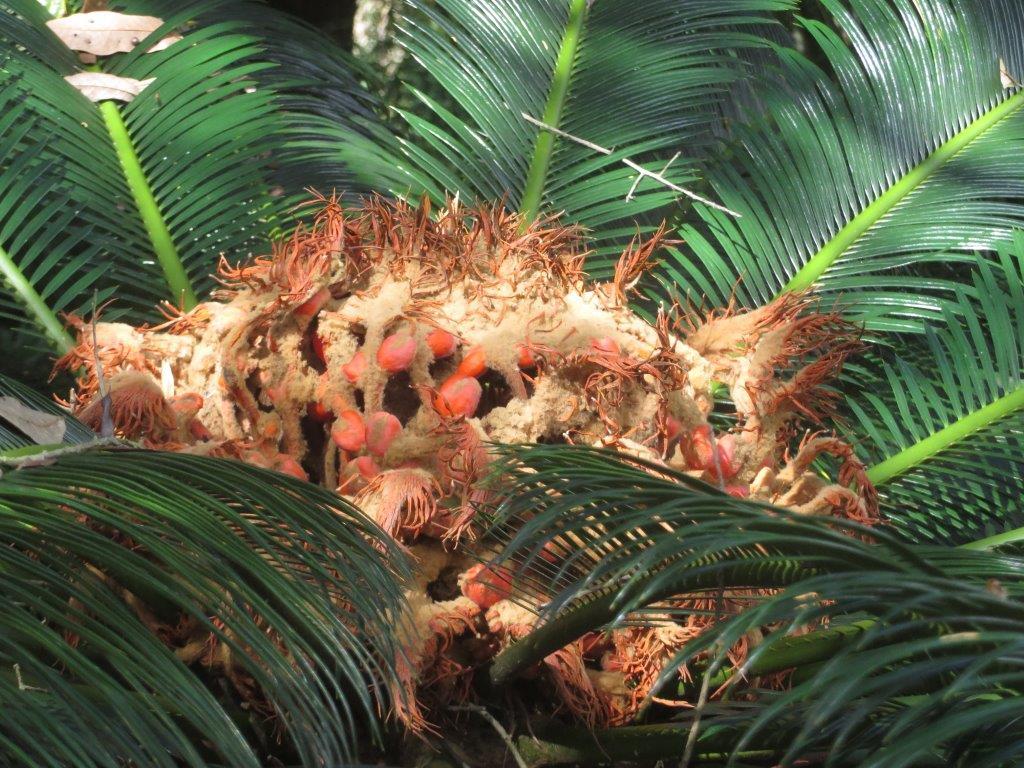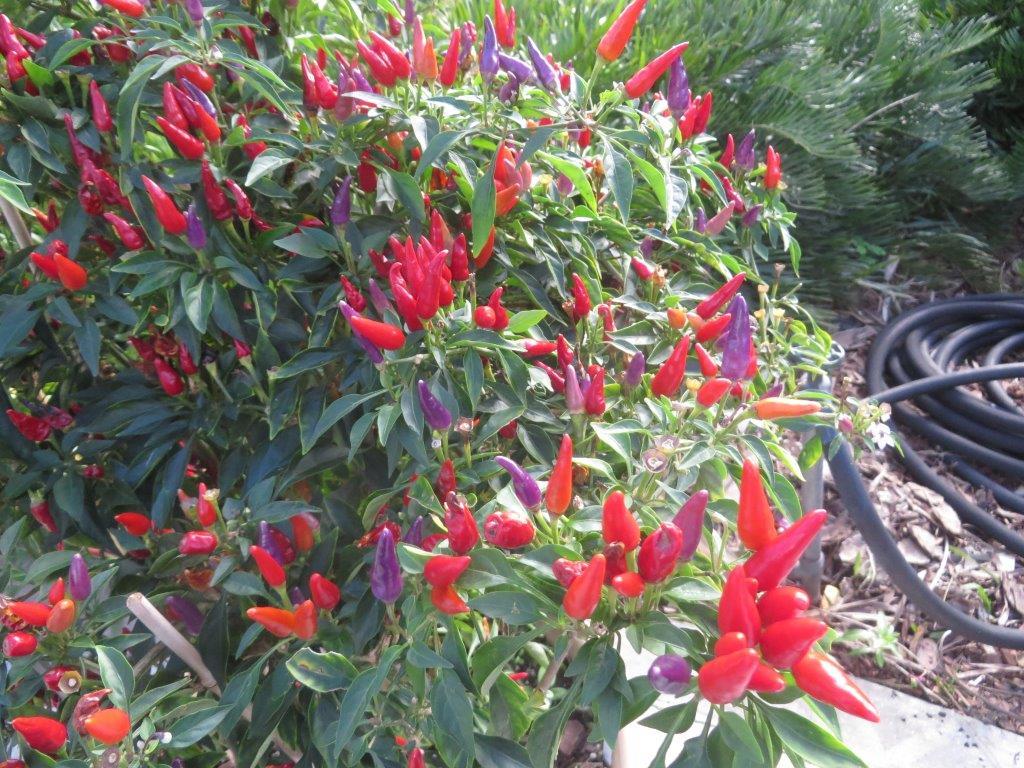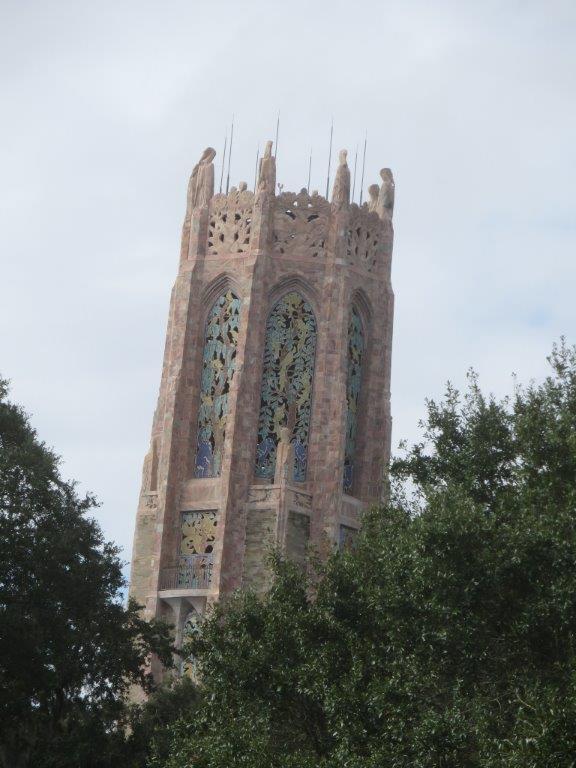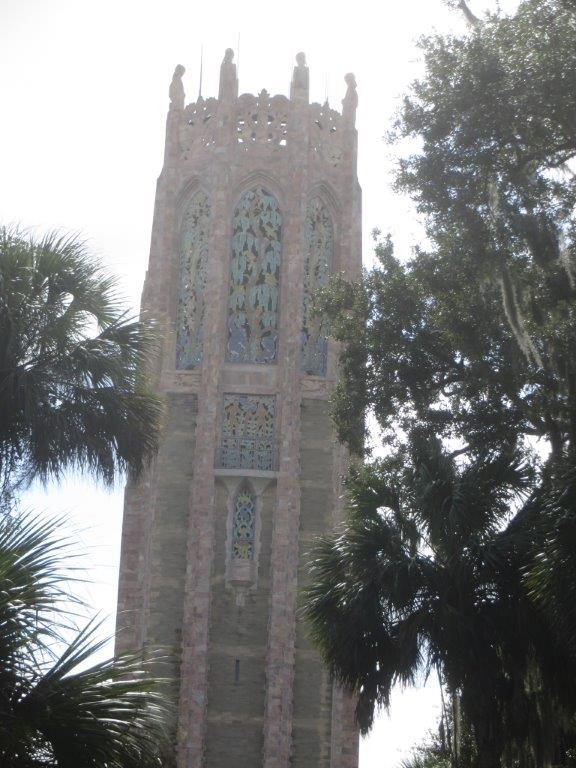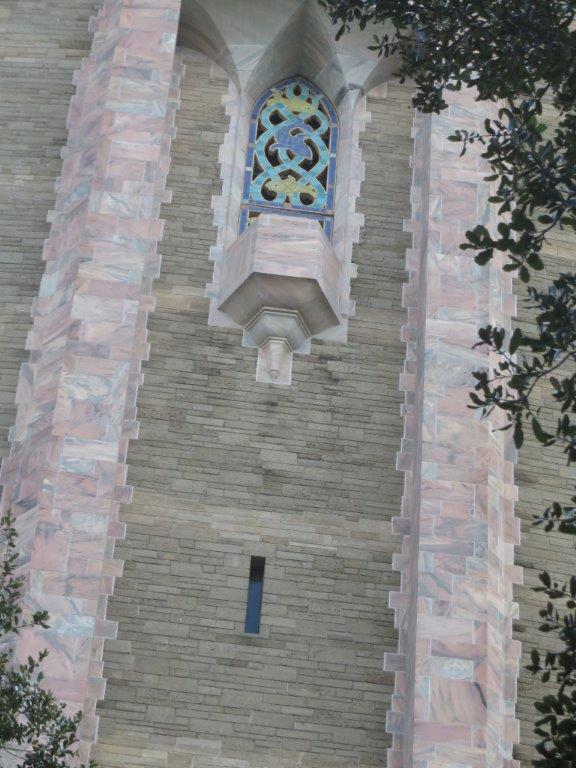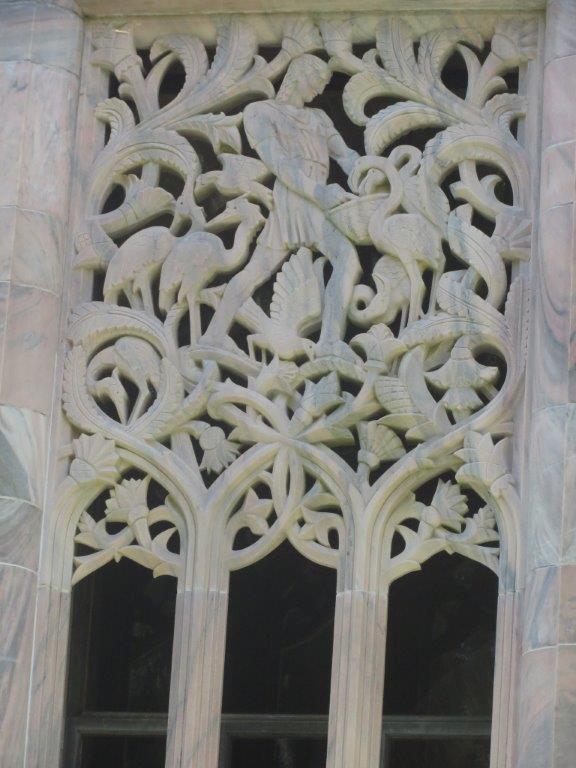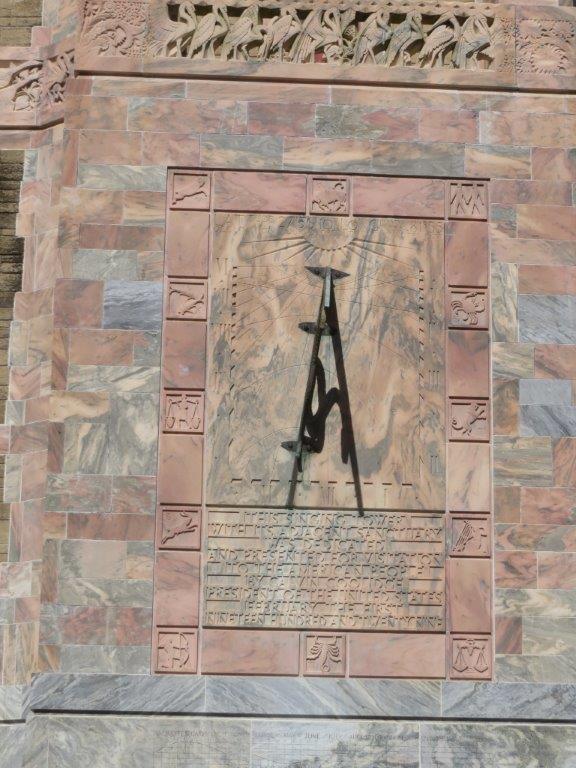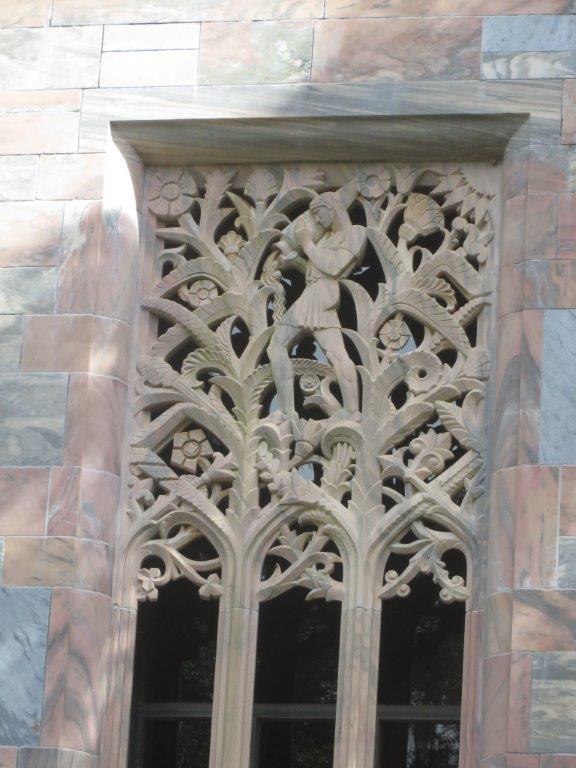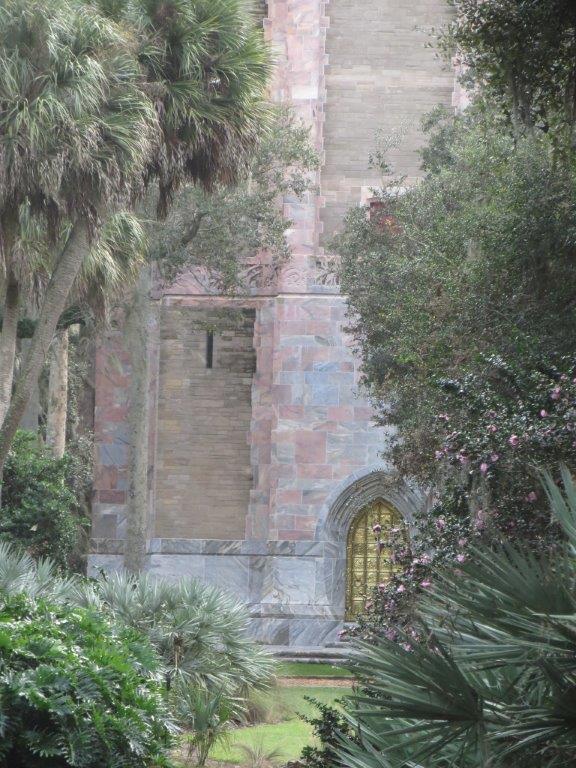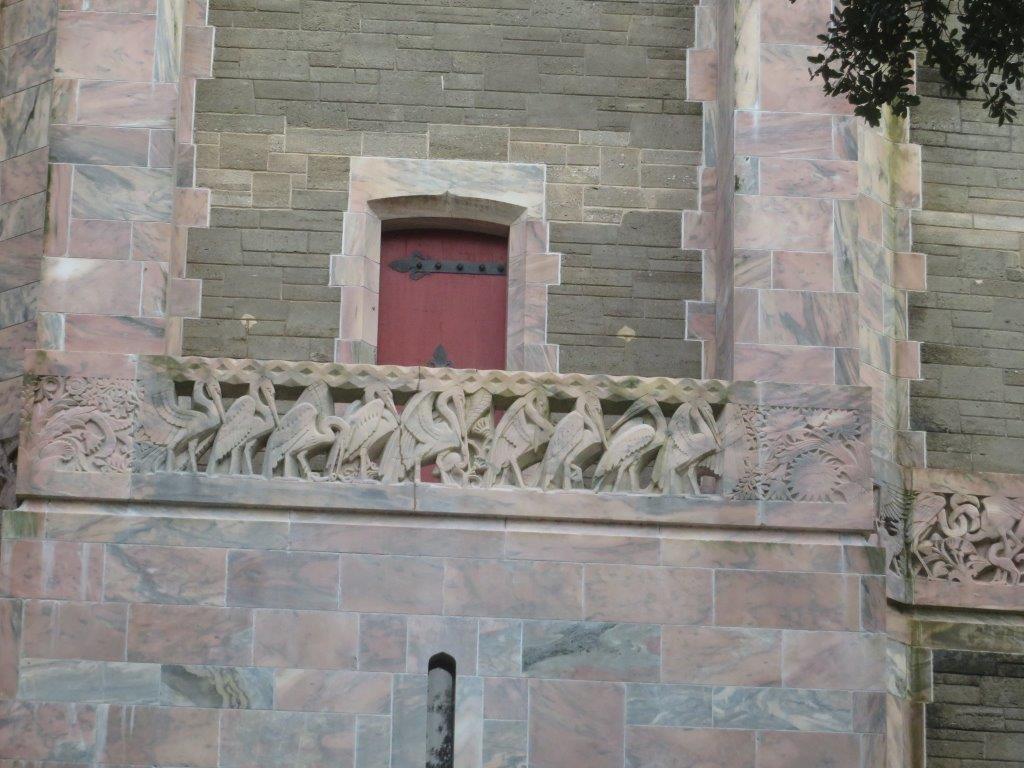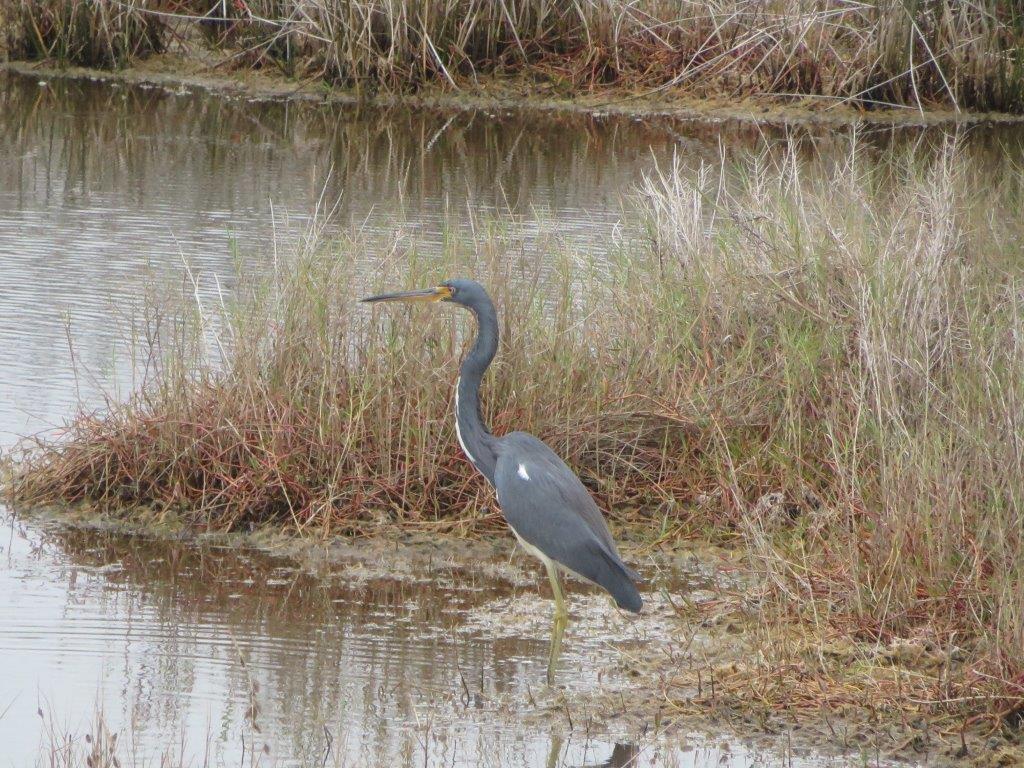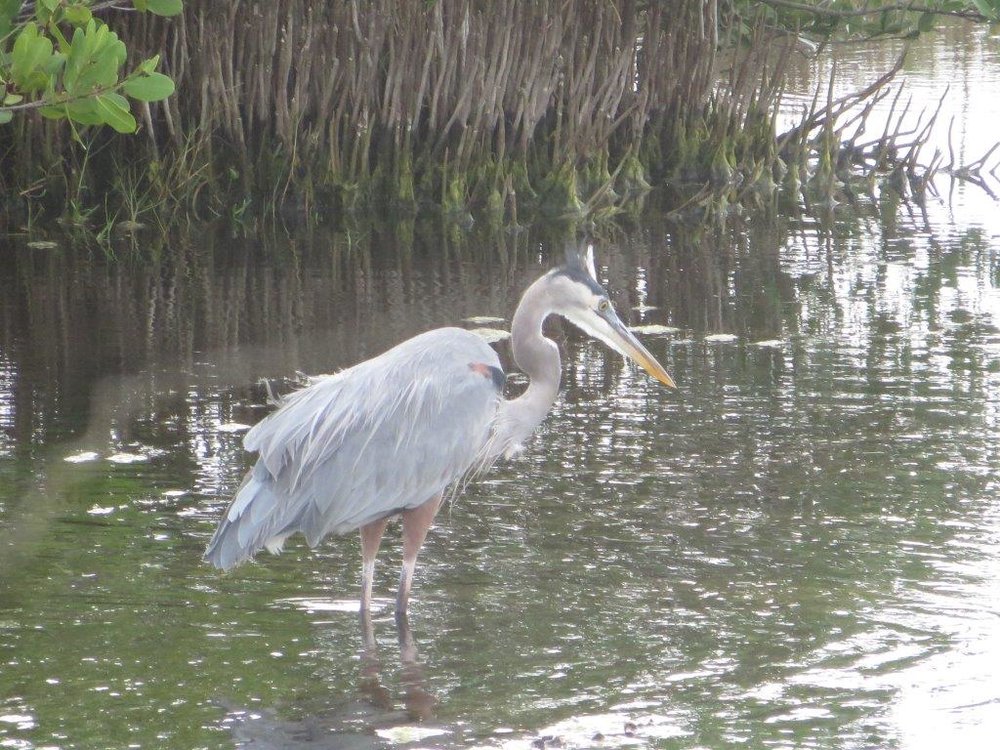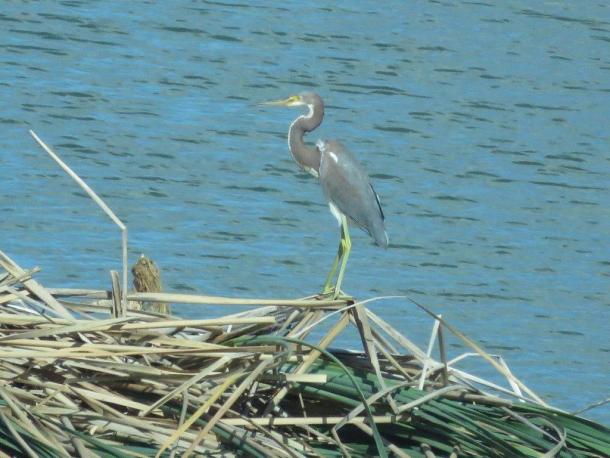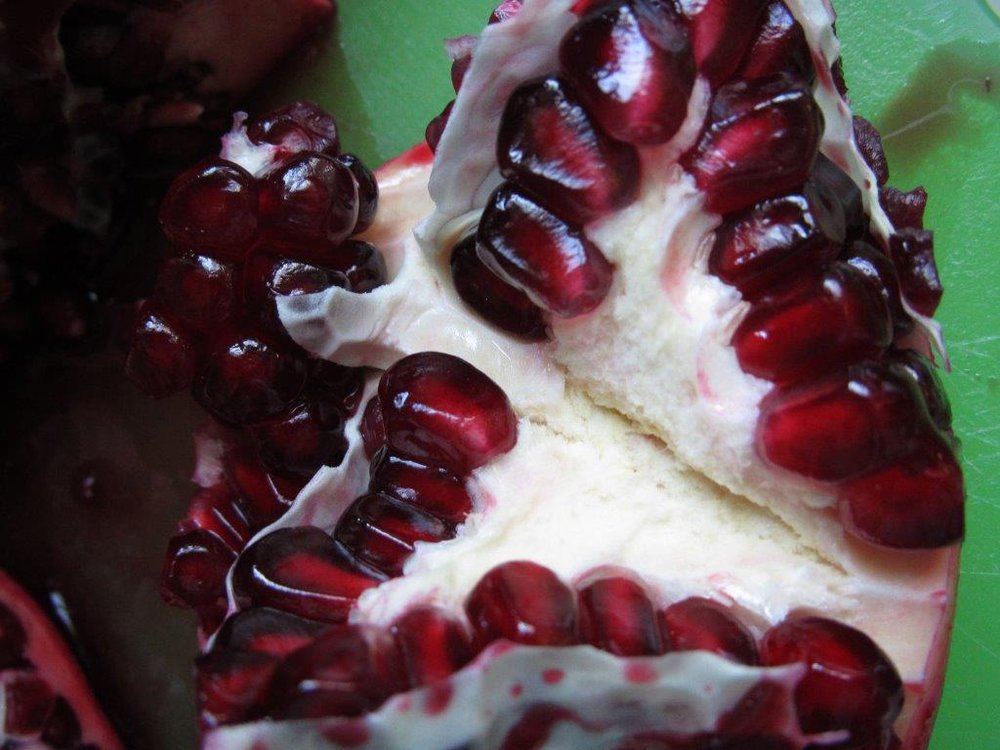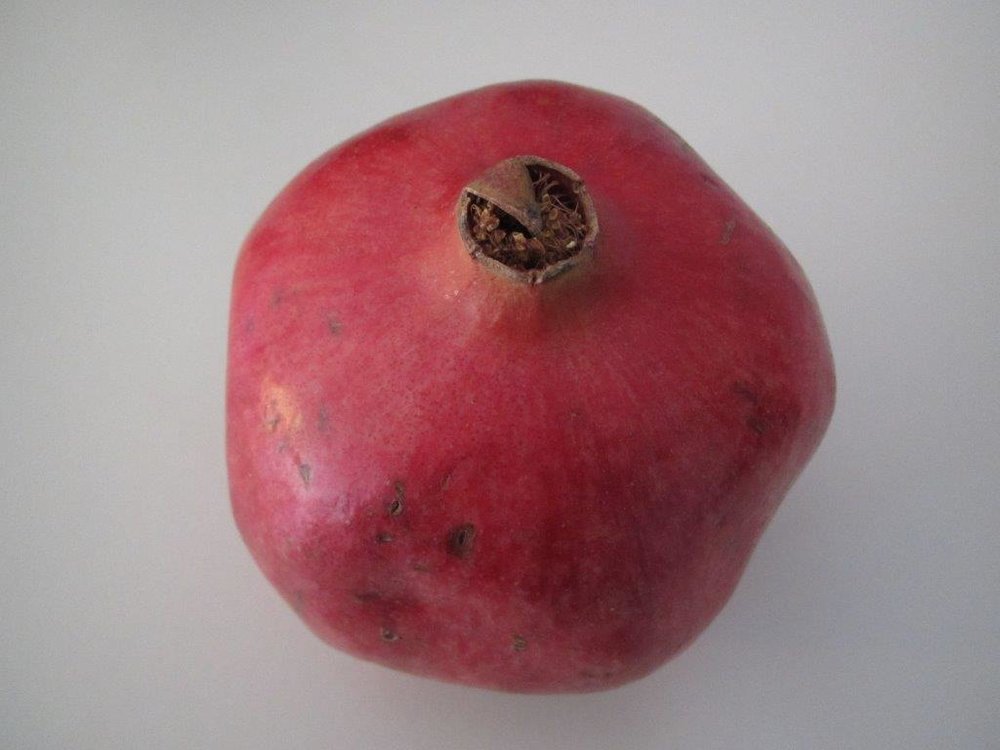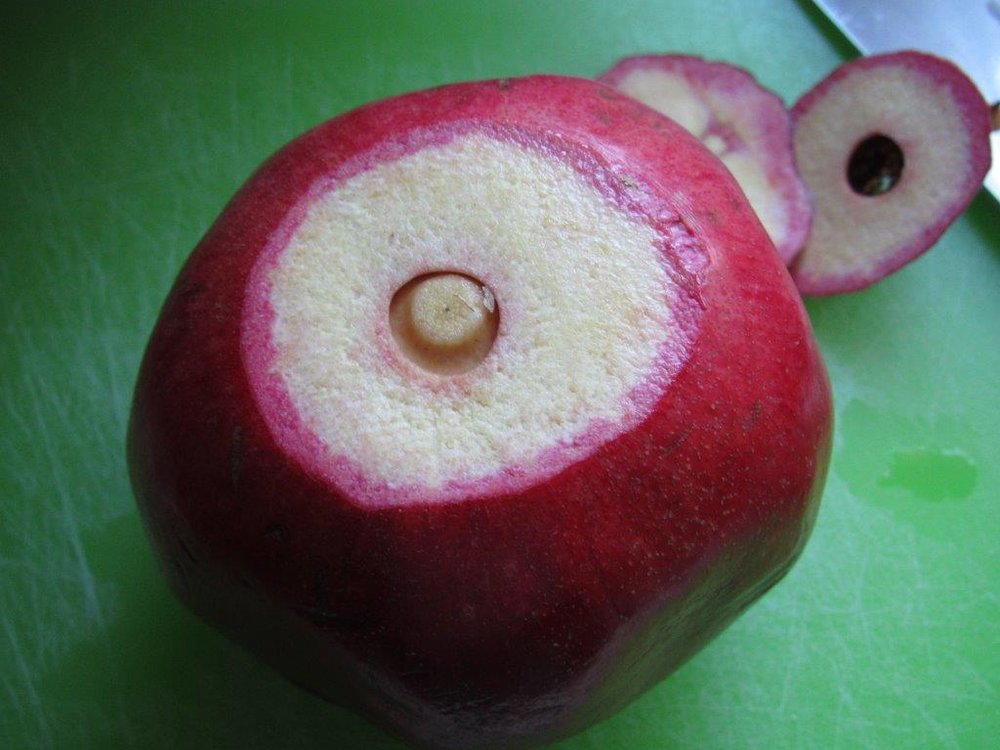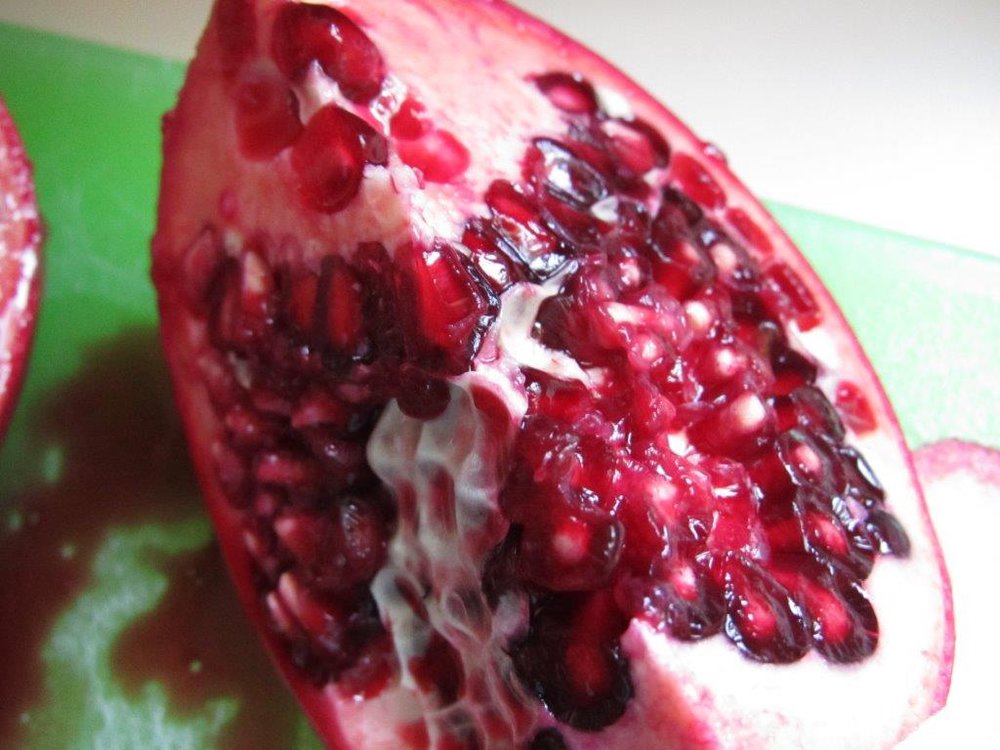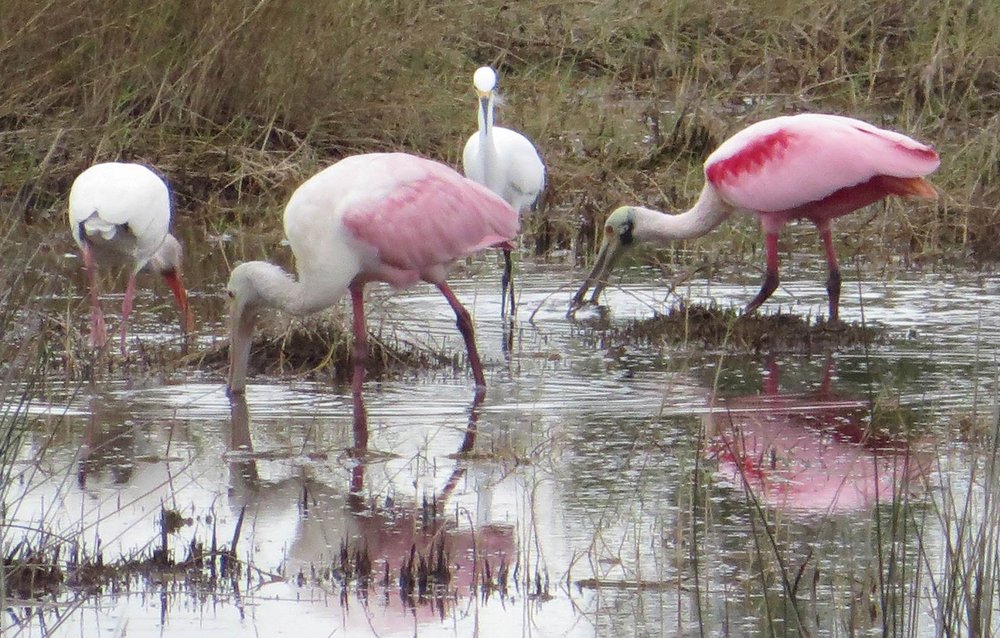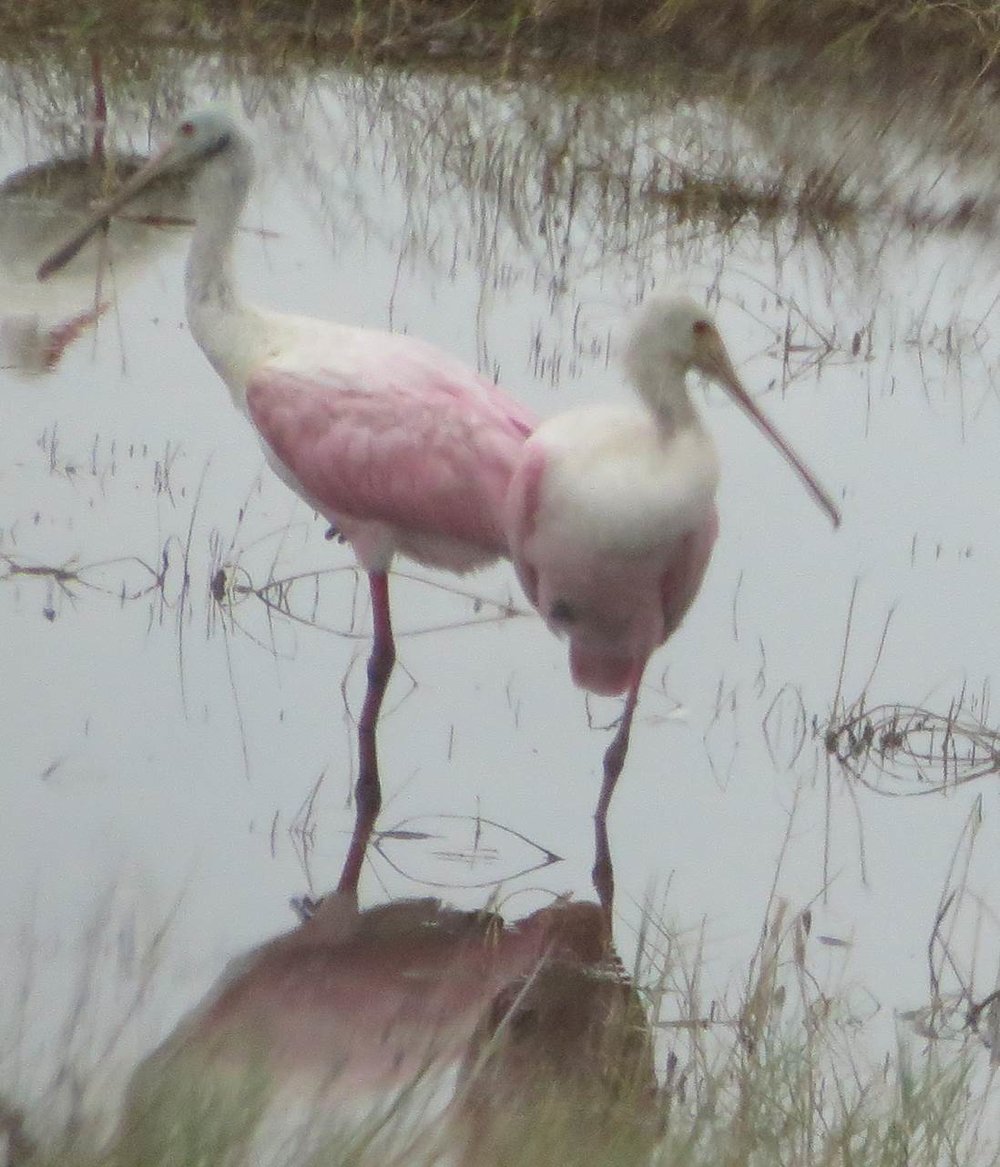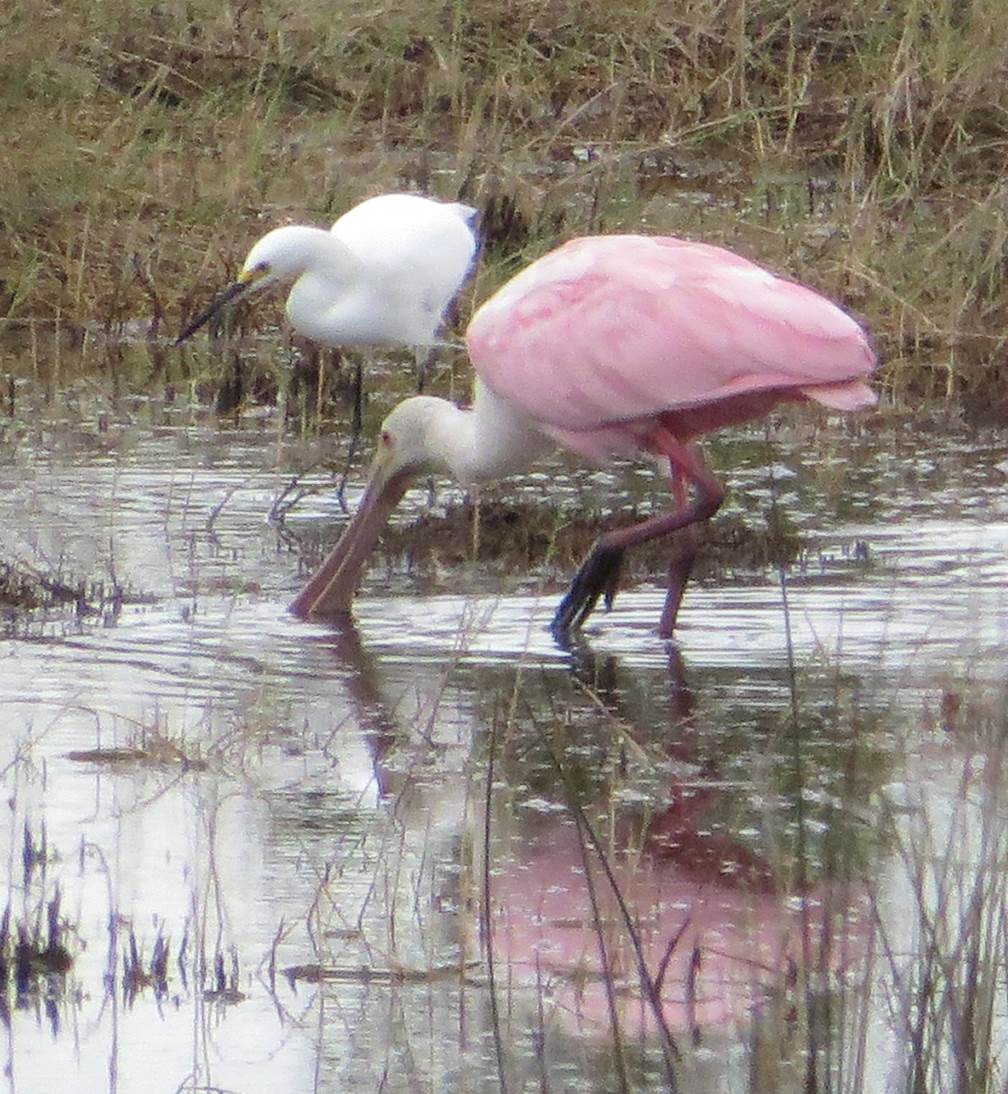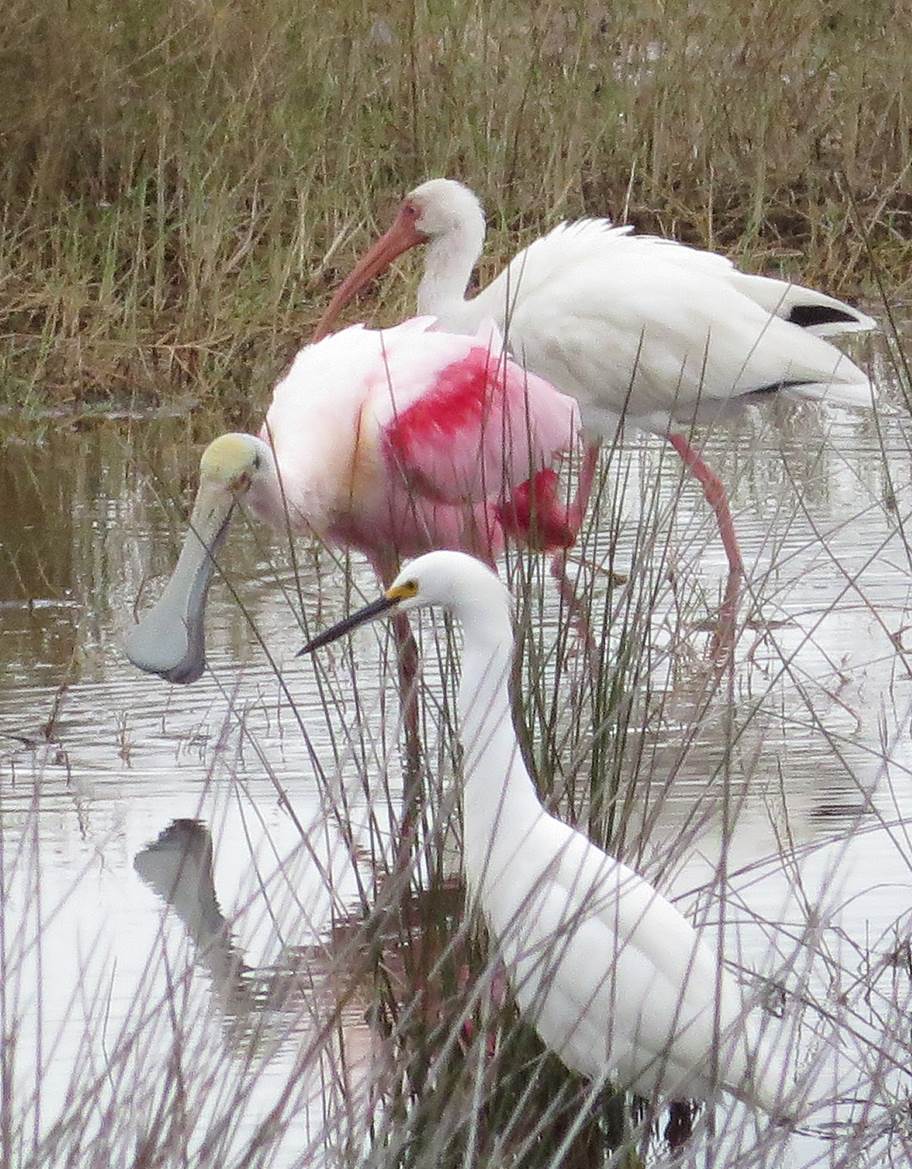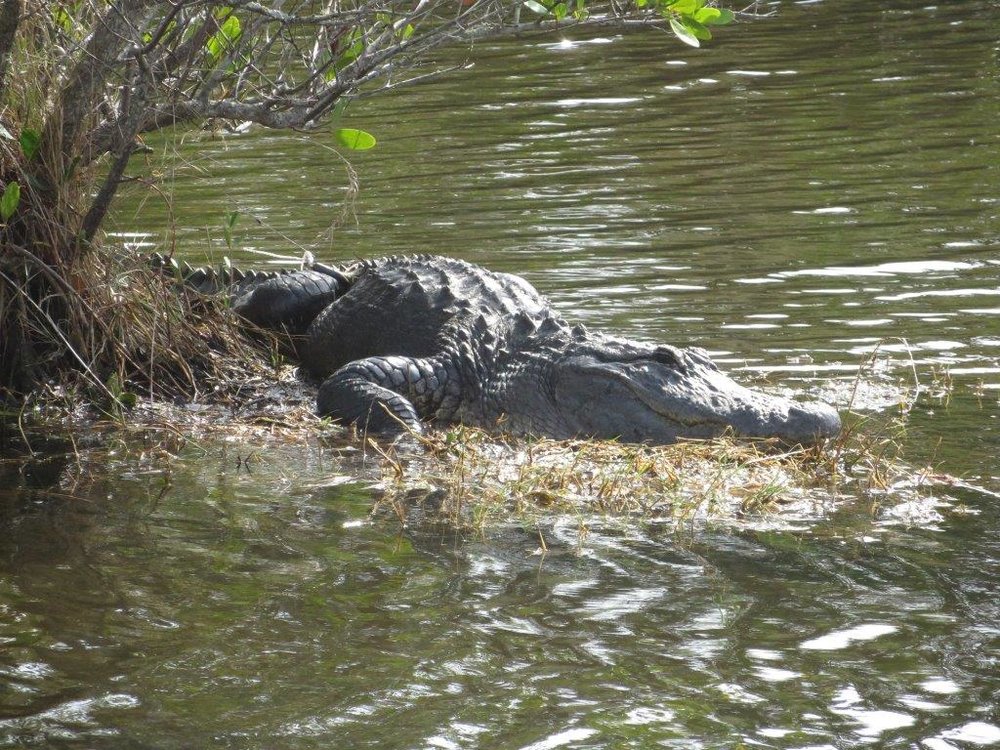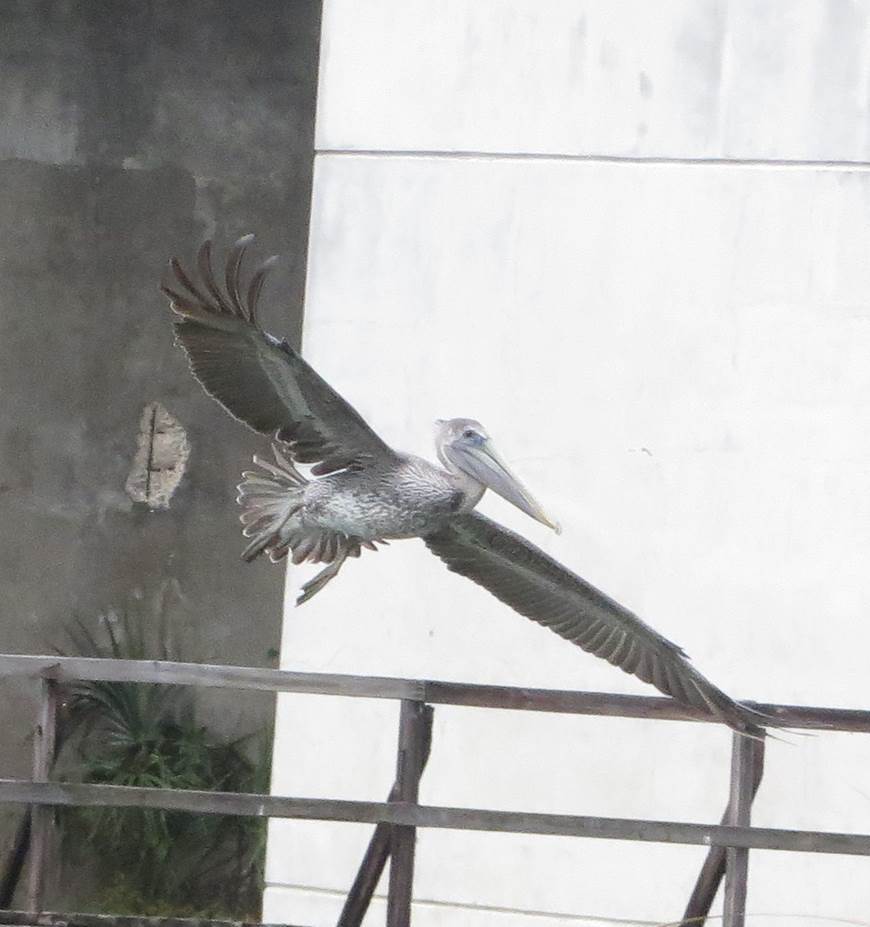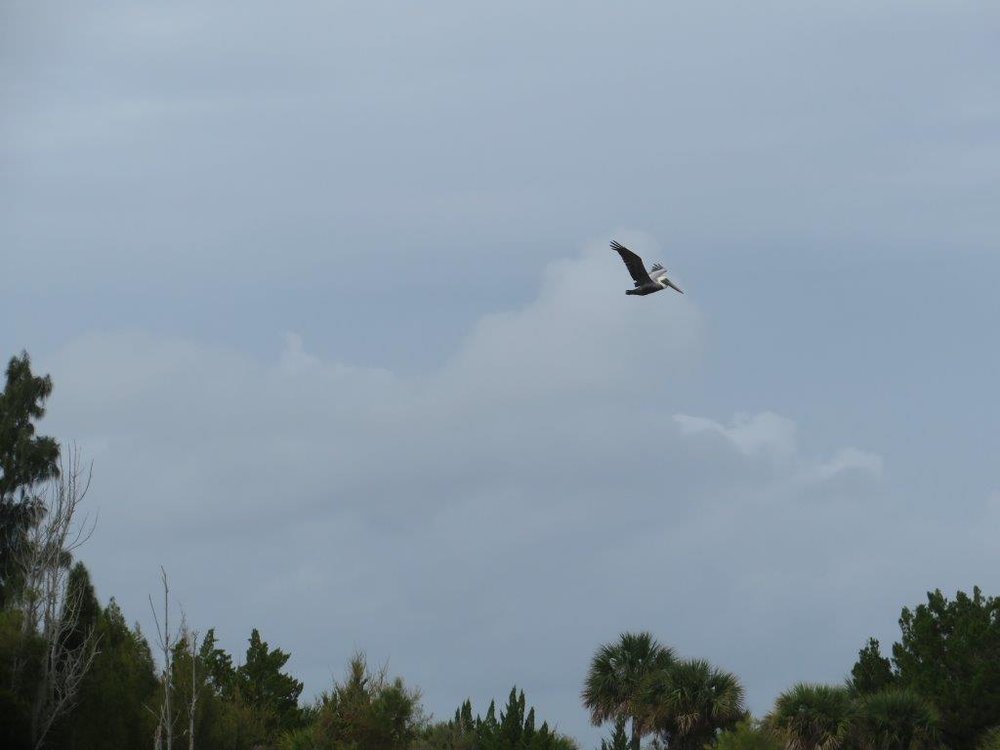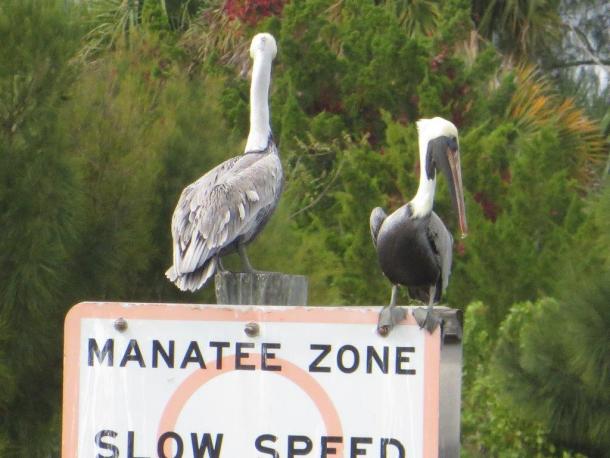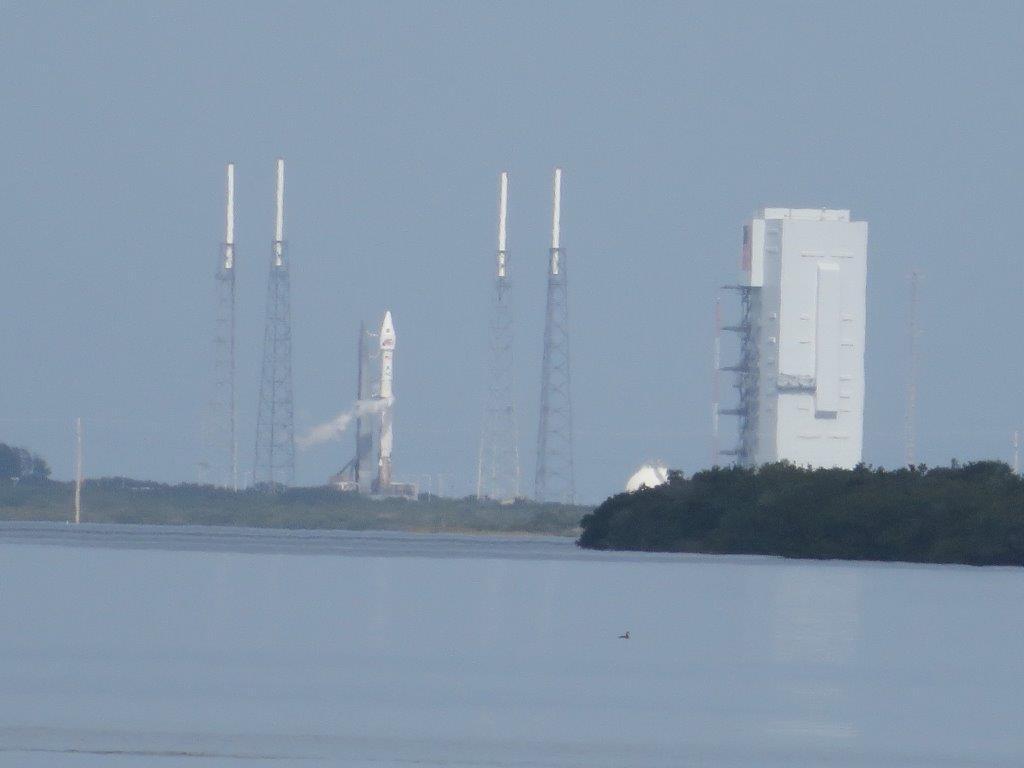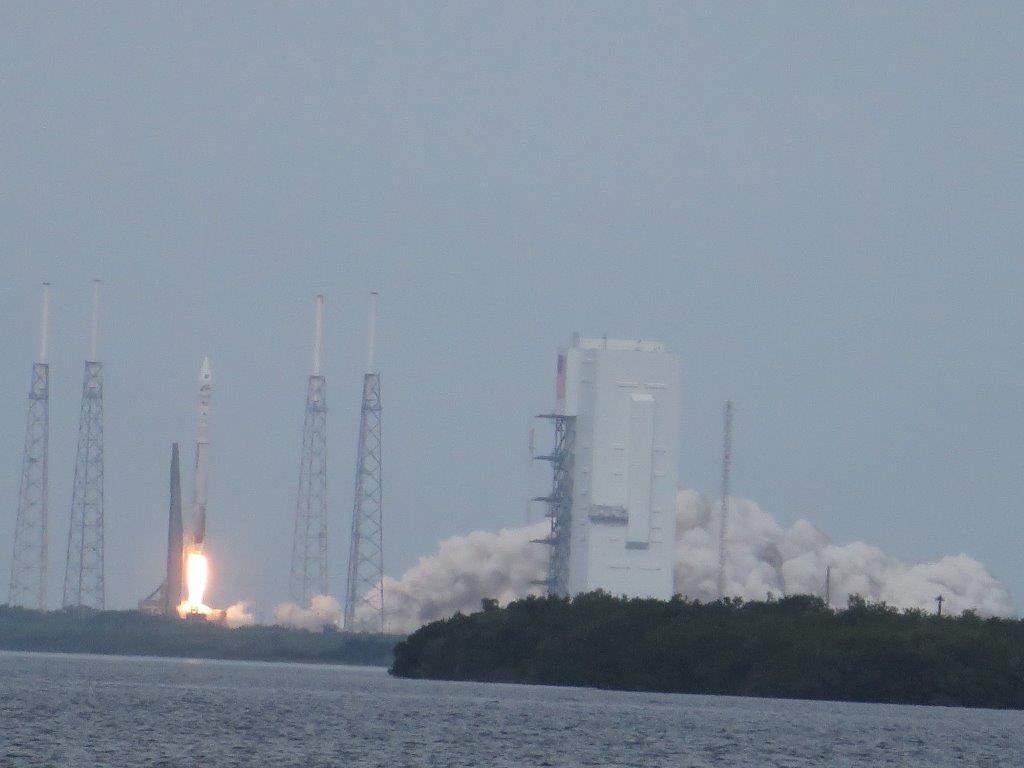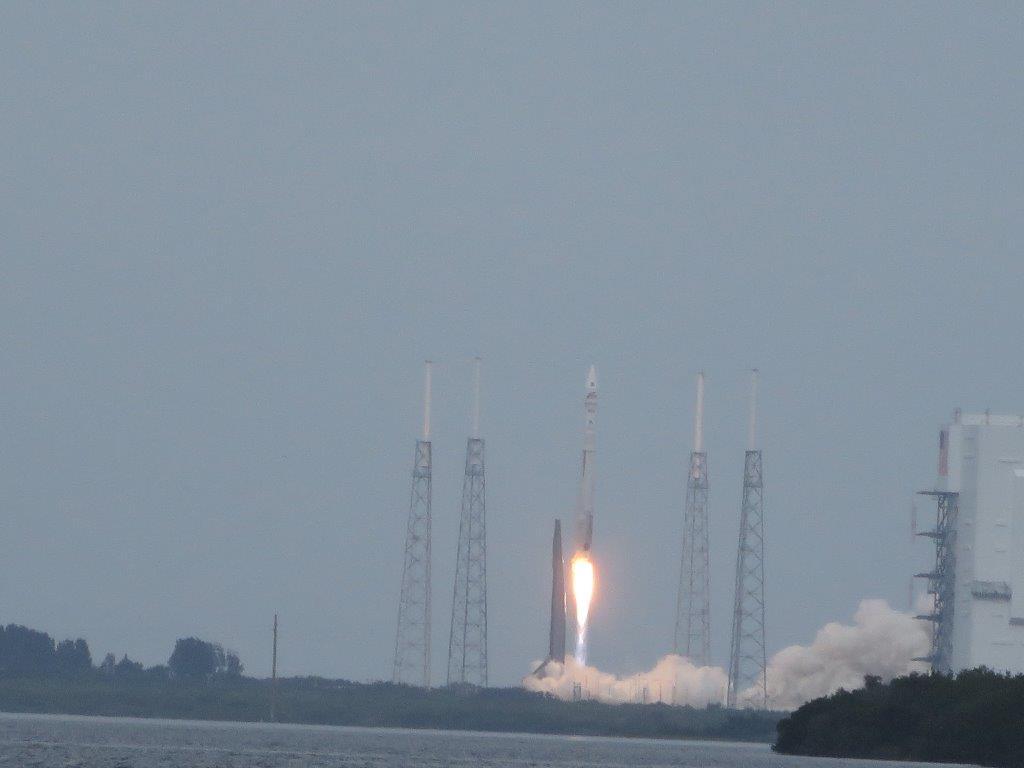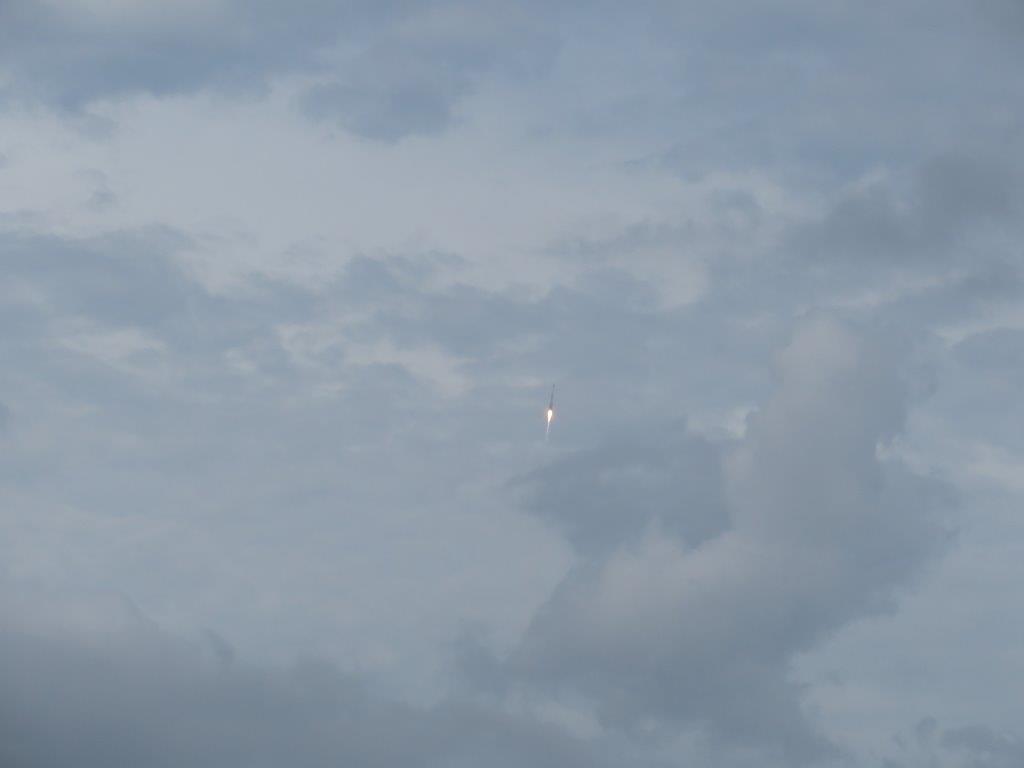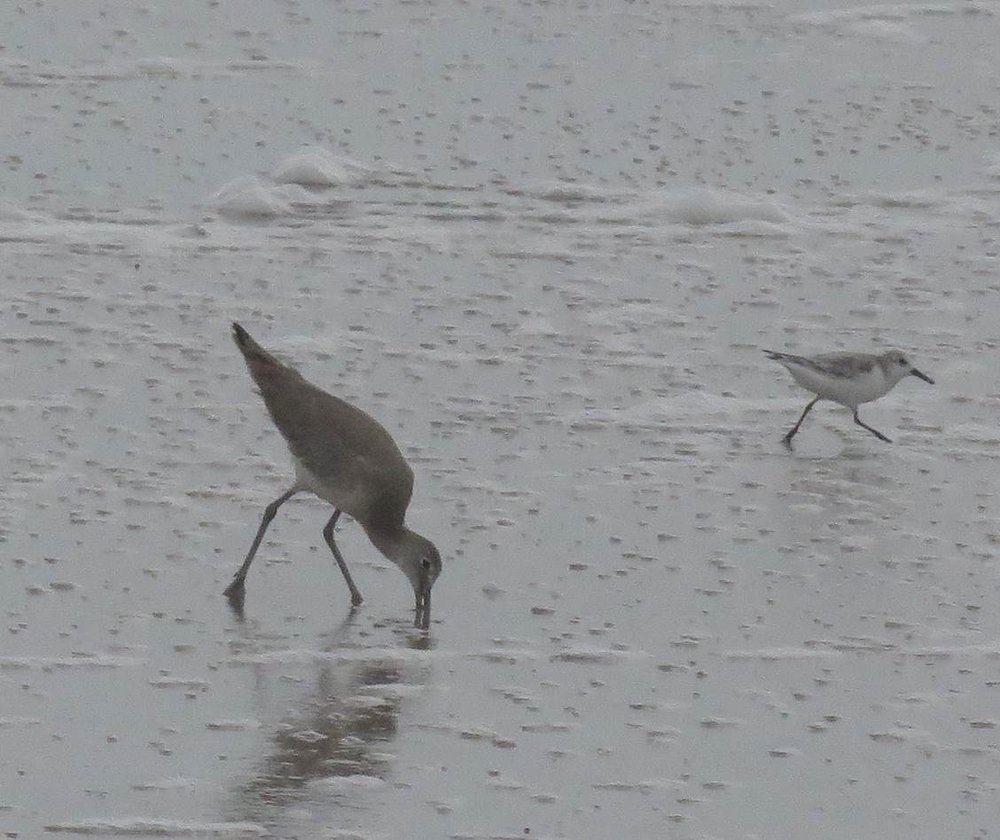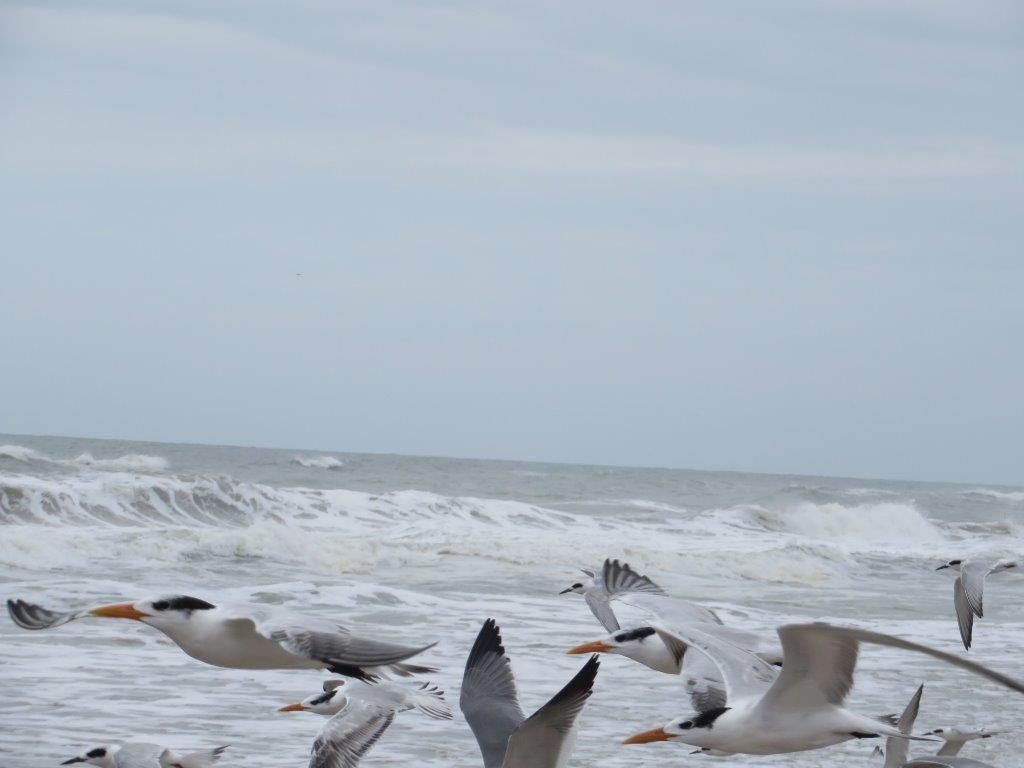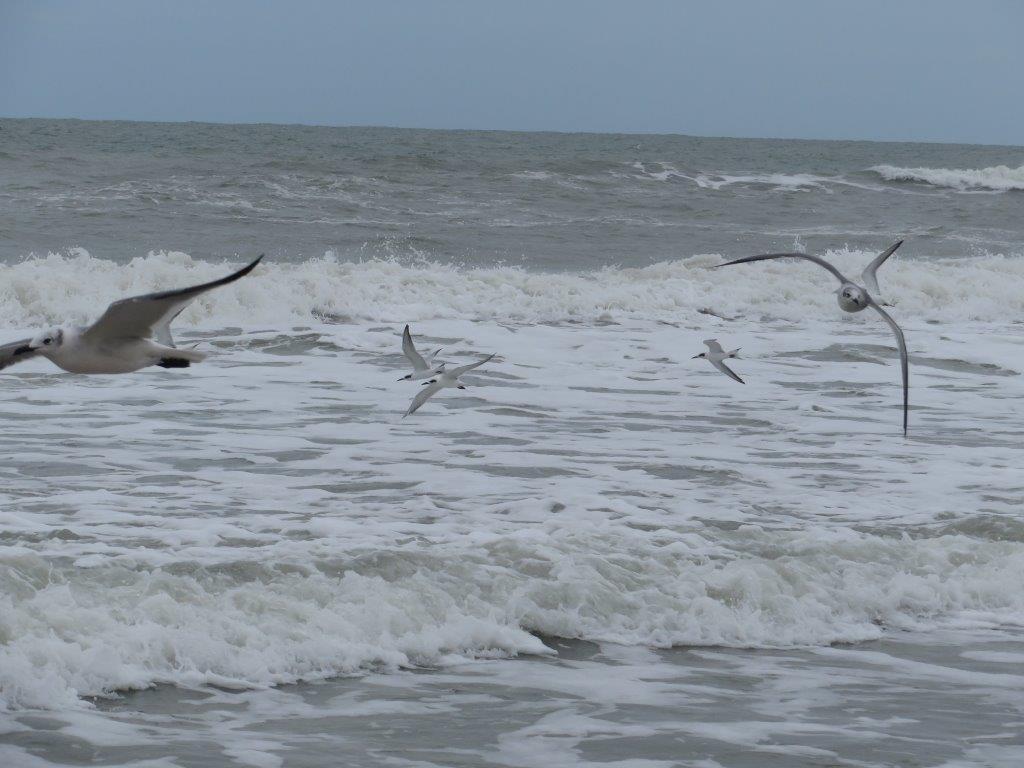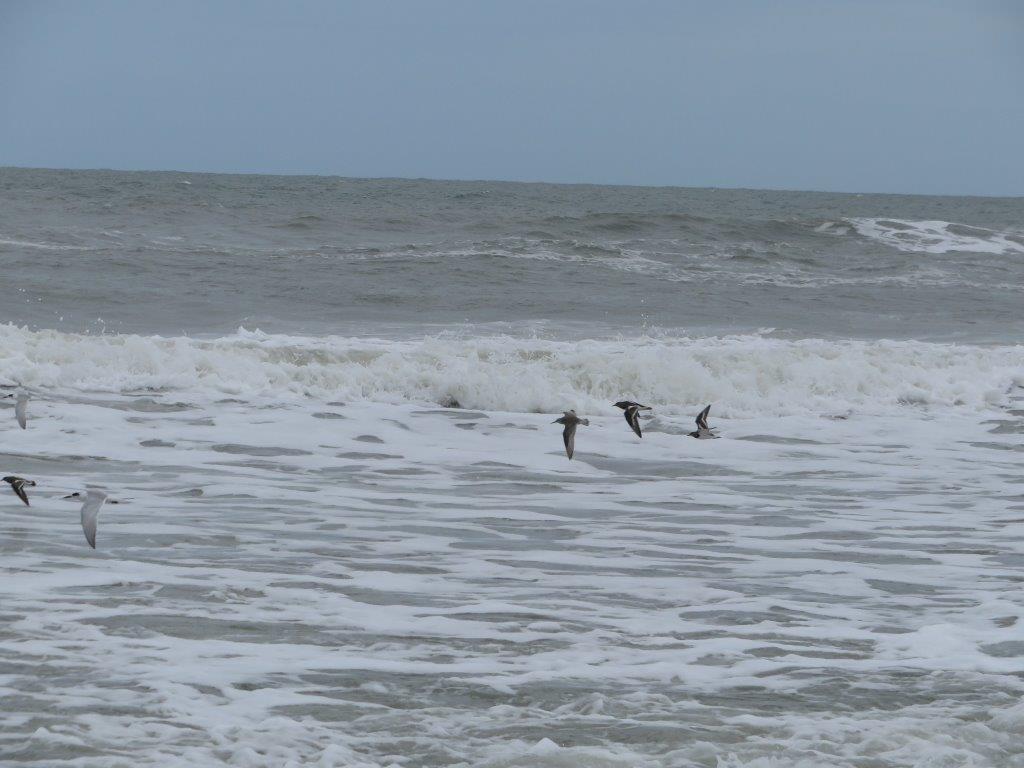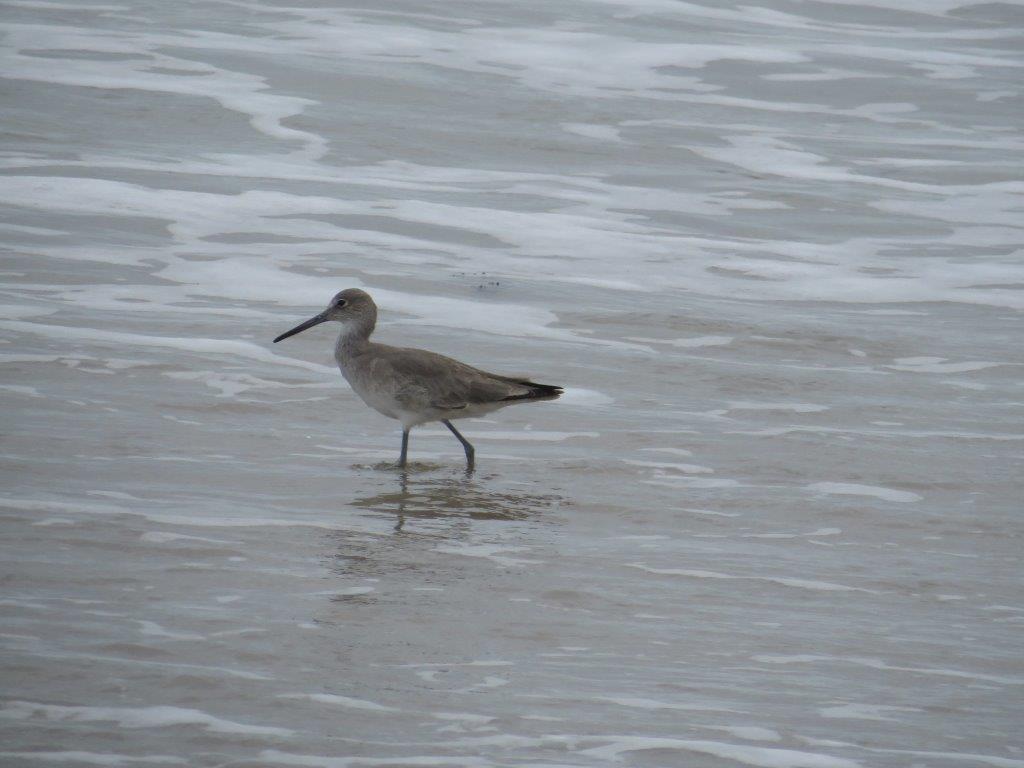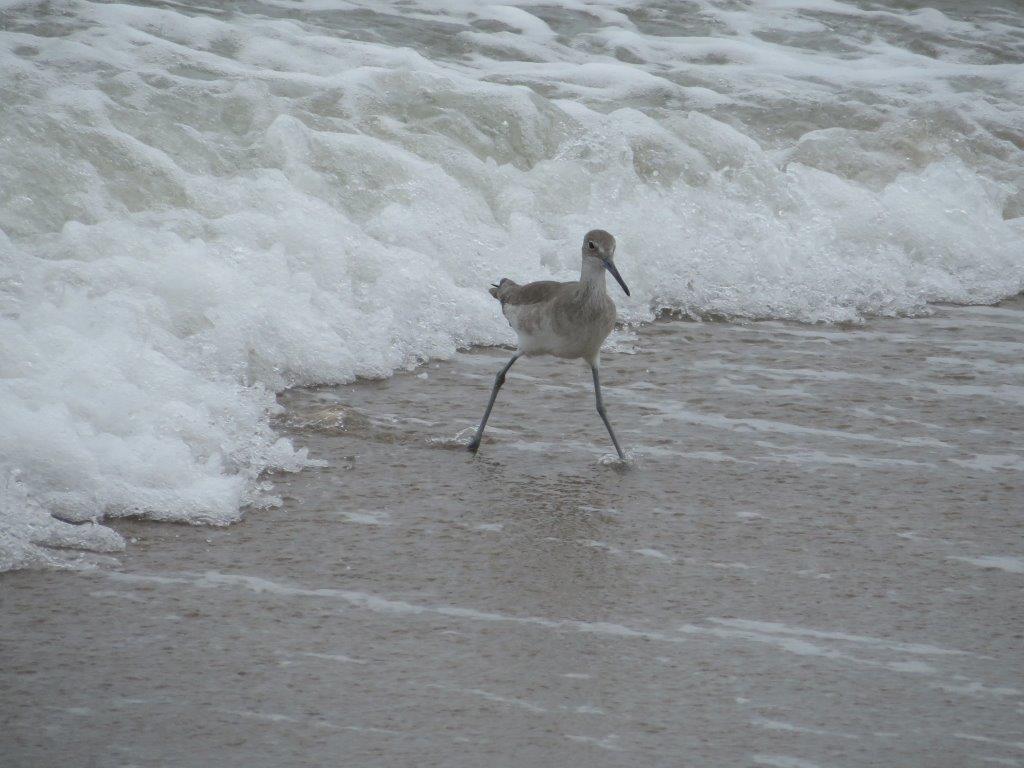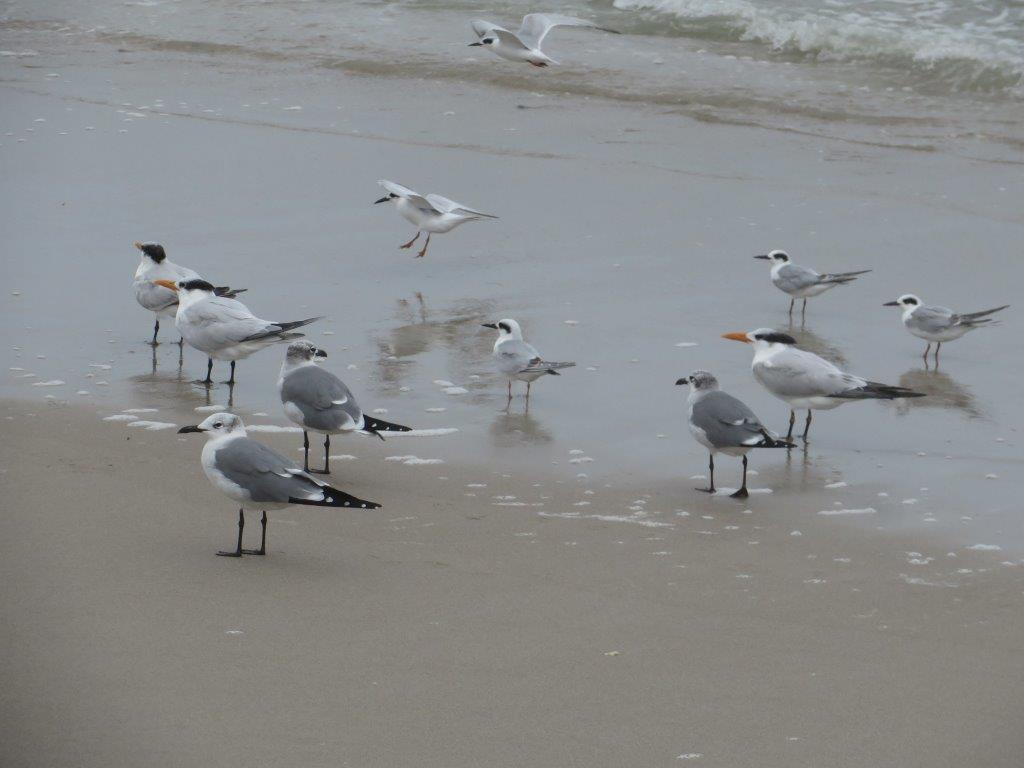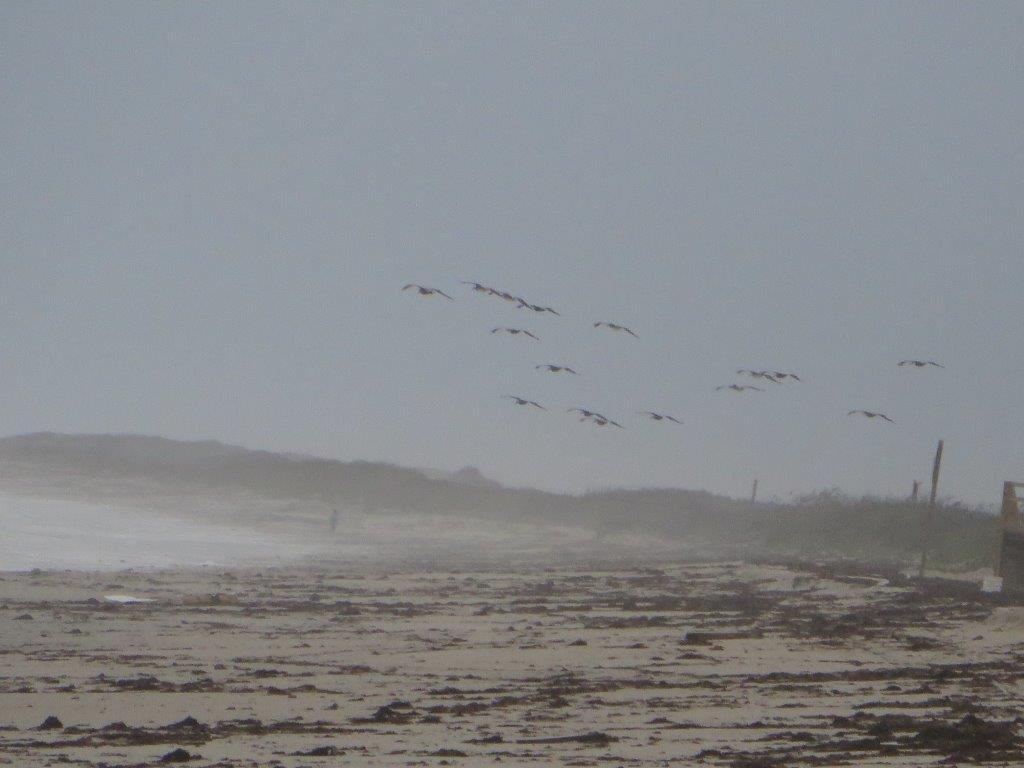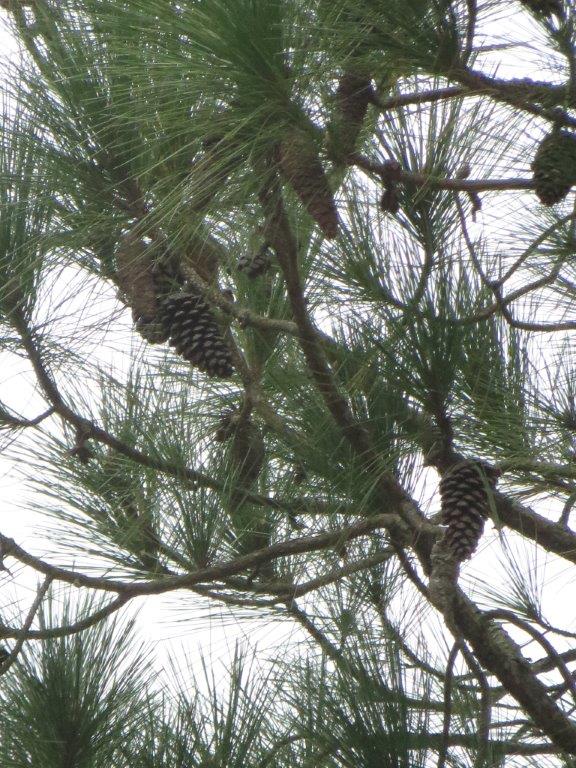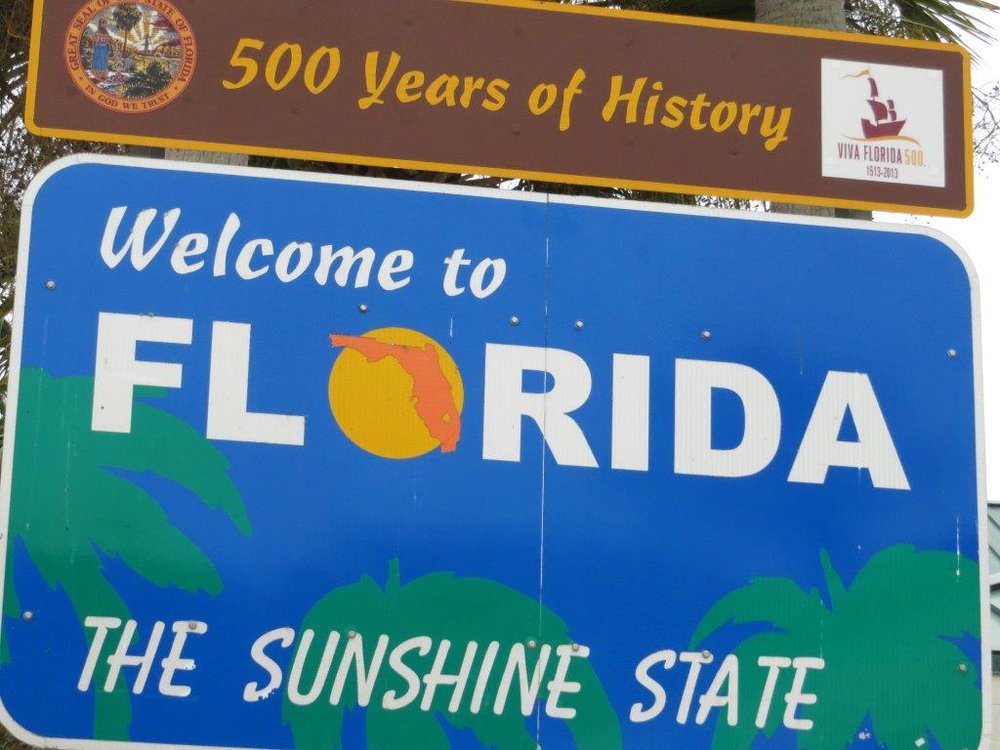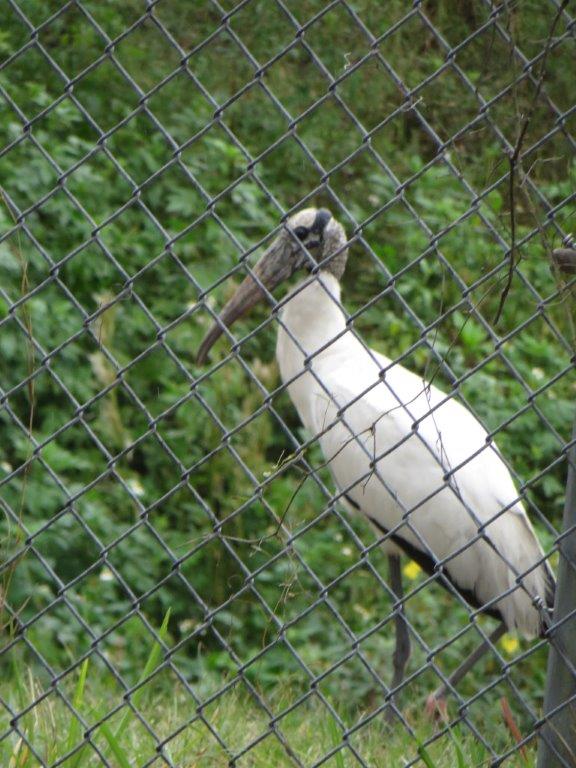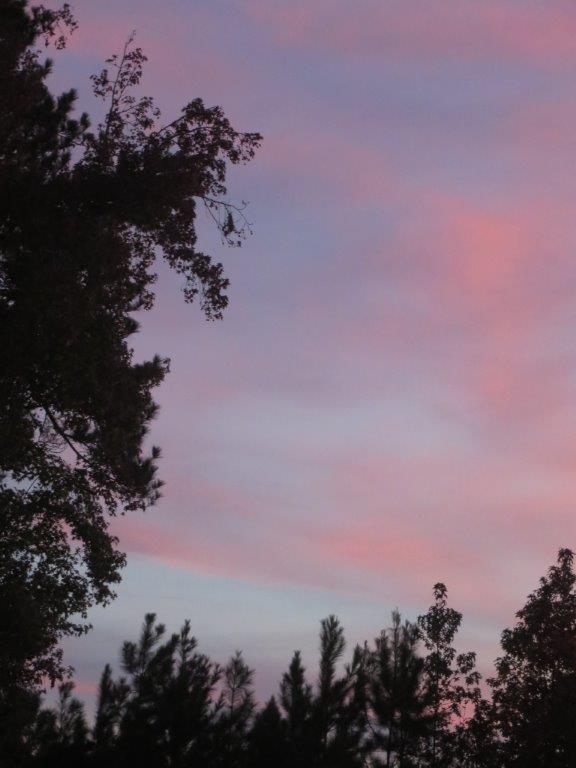The items below were ‘the cream’ of the articles and websites I found this past week. Click on the light green text to look at the article.
Radiation Physicist Beautifully Colorizes X-Ray Images of Nature - The color adds to the images - making them much more art-like.
Important Bird Areas - An interactive US map that shows areas marked as of global, continental, or state importance. Zoom in or enter an address to see detail in a particular location.
Behind the Headline: Even Gifted Students Can’t Keep Up - A summary article prompted by a recent story in New York Times about gifted students. Follow the links to dig deeper into the story.
An Optical Illusion You'll Swear Is Moving. It Isn't. - Watch the video….and read the explanation.
23 Women CEOs Running Fortune 500 Firms - A list published by the Associated Press. I would be interesting to know how the number of women CEOs running Fortune 500 firms has changed over the past decades. In 2009, it was 15. The first woman CEO of a Fortune 500 company was Catharine Graham of the Washington Post in 1972.
Fake it ’til you become it: Amy Cuddy’s power poses, visualized - My daughter was the first to tell me about ‘power poses.’ If you haven’t heard about them before - take a look at the Infographic in the article and/or follow the links for details.
Architectural Breakthroughs that Changed the World - It’s always interesting to see what gets selected for posts like this….and the suggestions for additions in the comments section are worth a look too.
Worth a Watch: Climate Change - the state of the science - A 4 minute film produced with UN funding and based on the IPCC 5th Assessment Report.
Redefining What It Means to be a Successful School - Measuring schools through the lens of student outcomes rather than compliance models
Mapping 400,000 Hours of U.S. TV News - Which areas of the world do we hear and see on the news frequently….which areas are almost never ‘in the news.’ From an analysis of the Internet Archive’s television news research service collection.
10 Elements of Next-Generation Higher Education - It seems like the changes are coming quickly to higher education. Some are technology enabled….others are forced by the change in perspective to view outcomes rather than just the traditional examination/compliance model to determine the quality of education.
Census Bureau Introduces New Interactive Mapping Tool along with Latest American Community Survey Statistics - Take a look at the Census Explorer. It is easier to look at a county or state level rather than an address. The measures that can be selected are: total population, 65 and over, foreign born, high school graduate or more, bachelor’s degree or more, in labor force, owner occupied, and median household income.
 Earlier in December we had snow but my walk around the yard for this post was on a cold, sunny day later in the month. I decided to focus on the bark of the trees.
Earlier in December we had snow but my walk around the yard for this post was on a cold, sunny day later in the month. I decided to focus on the bark of the trees.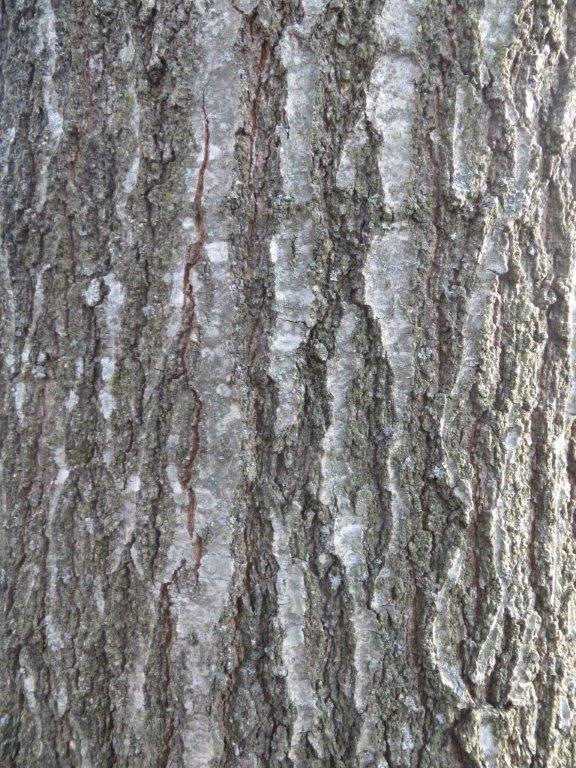
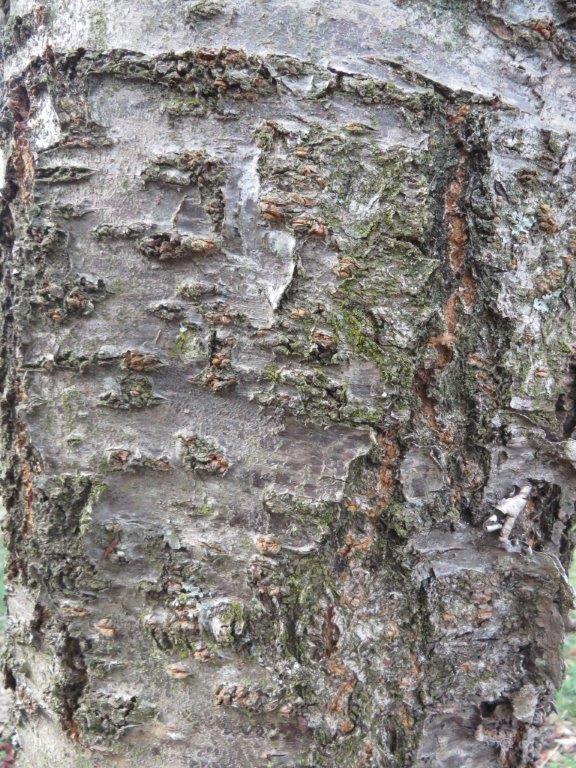 The cherry tree has developed knobs and scars.
The cherry tree has developed knobs and scars.
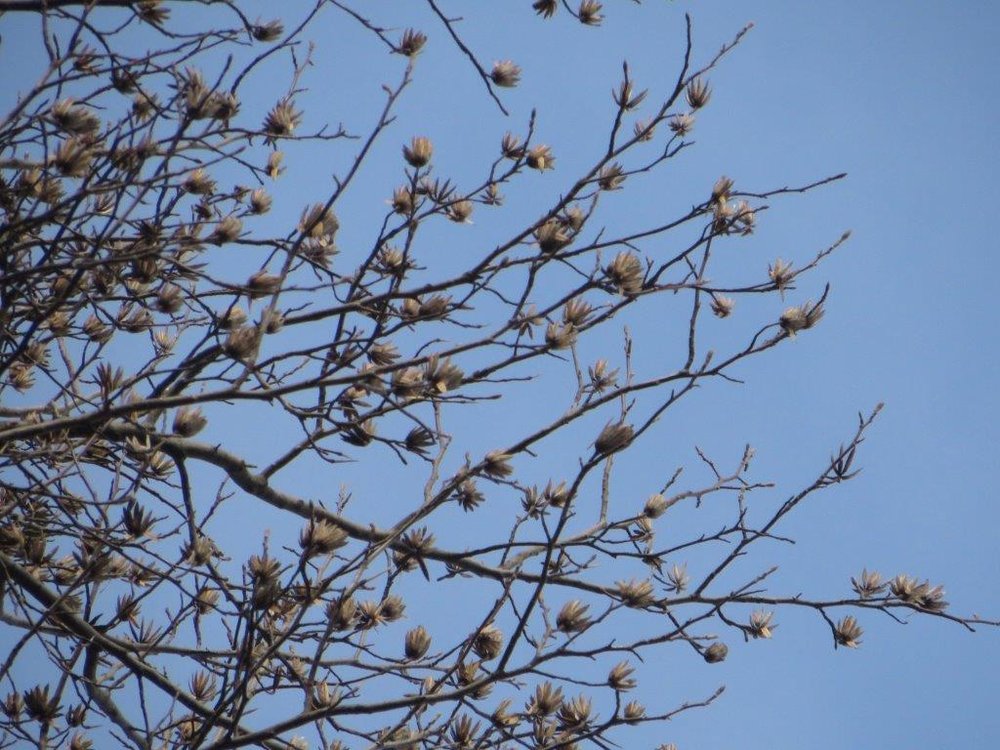 The last picture is not bark - it the tulip poplar in winter, with the dry seeds flying away from the treetop every time the winter wind blows.
The last picture is not bark - it the tulip poplar in winter, with the dry seeds flying away from the treetop every time the winter wind blows. 



